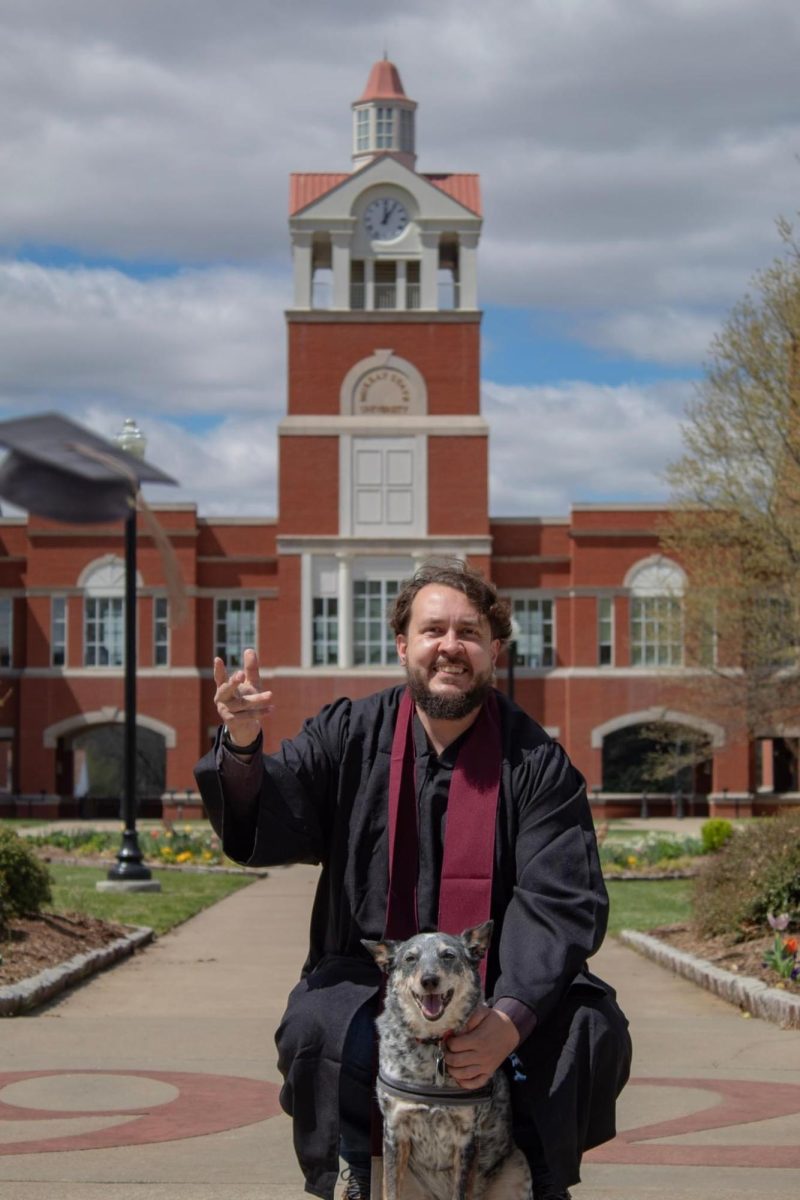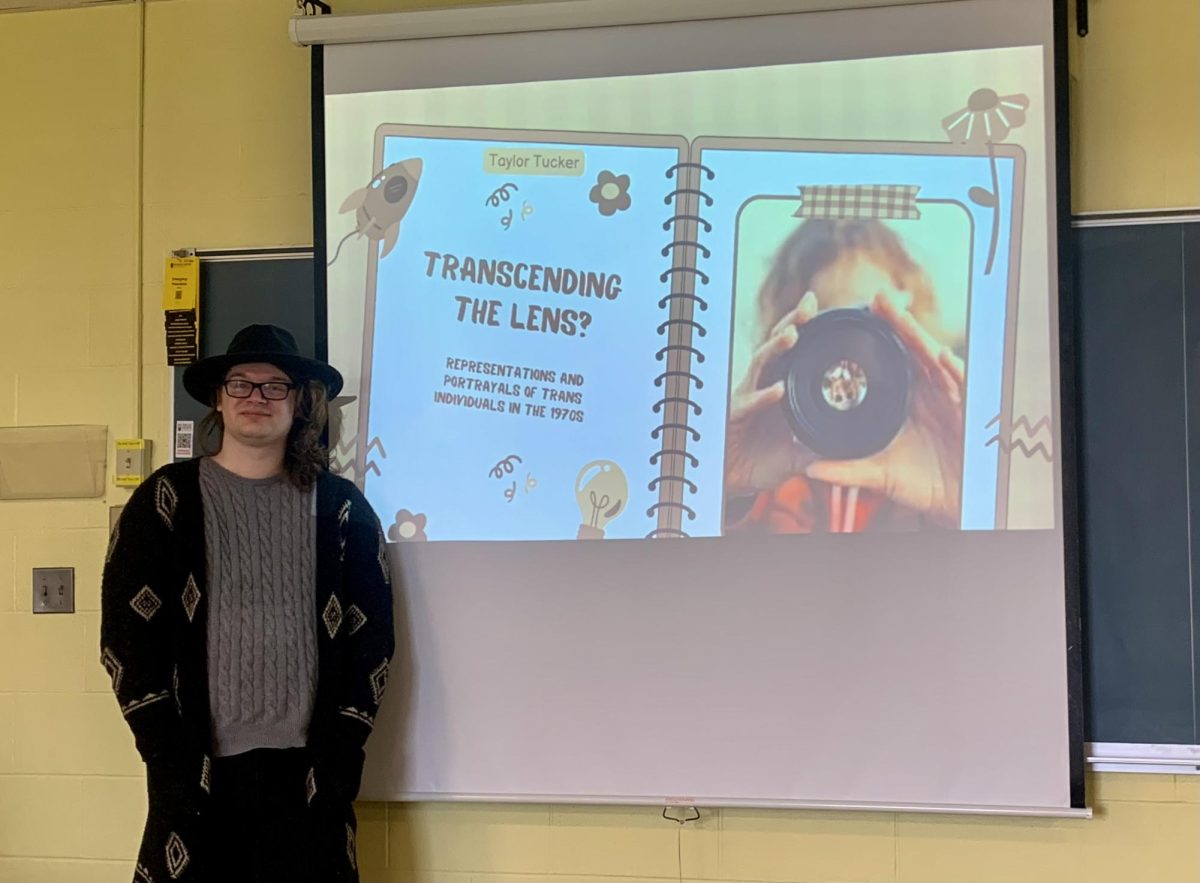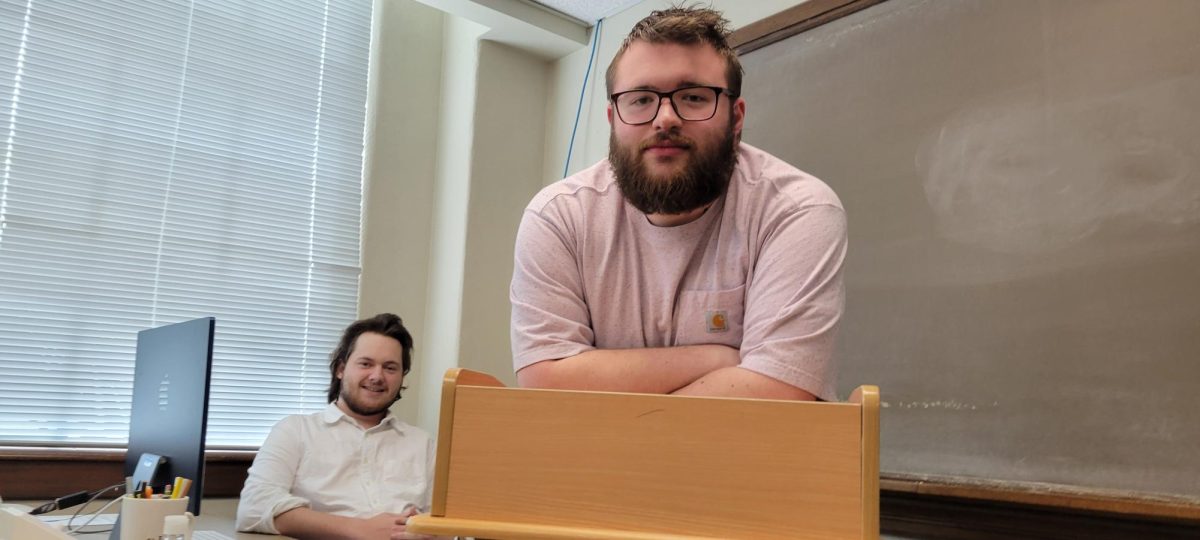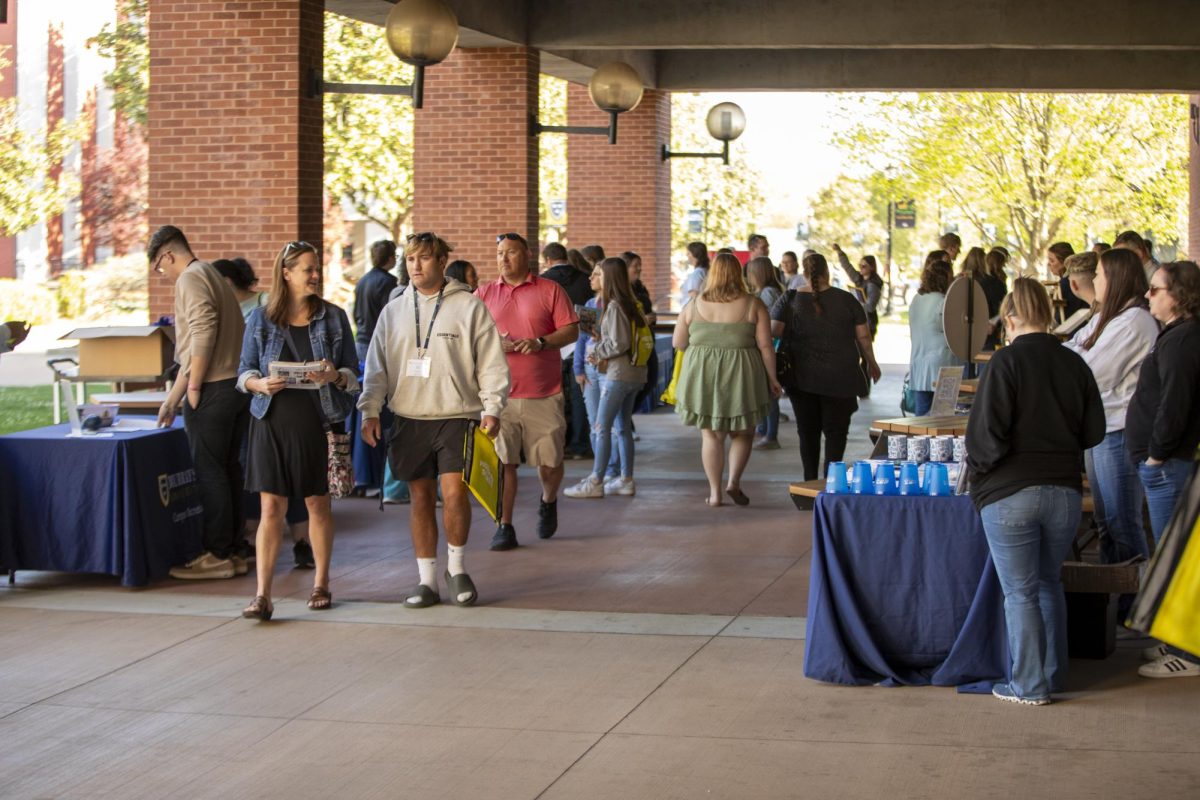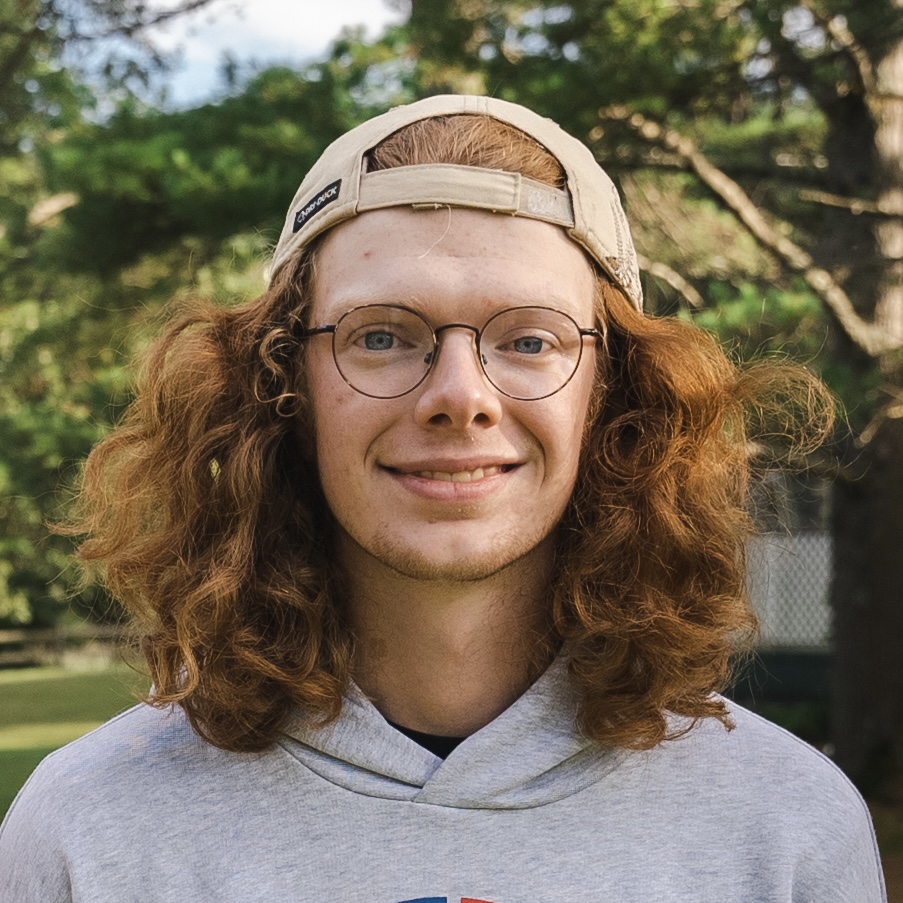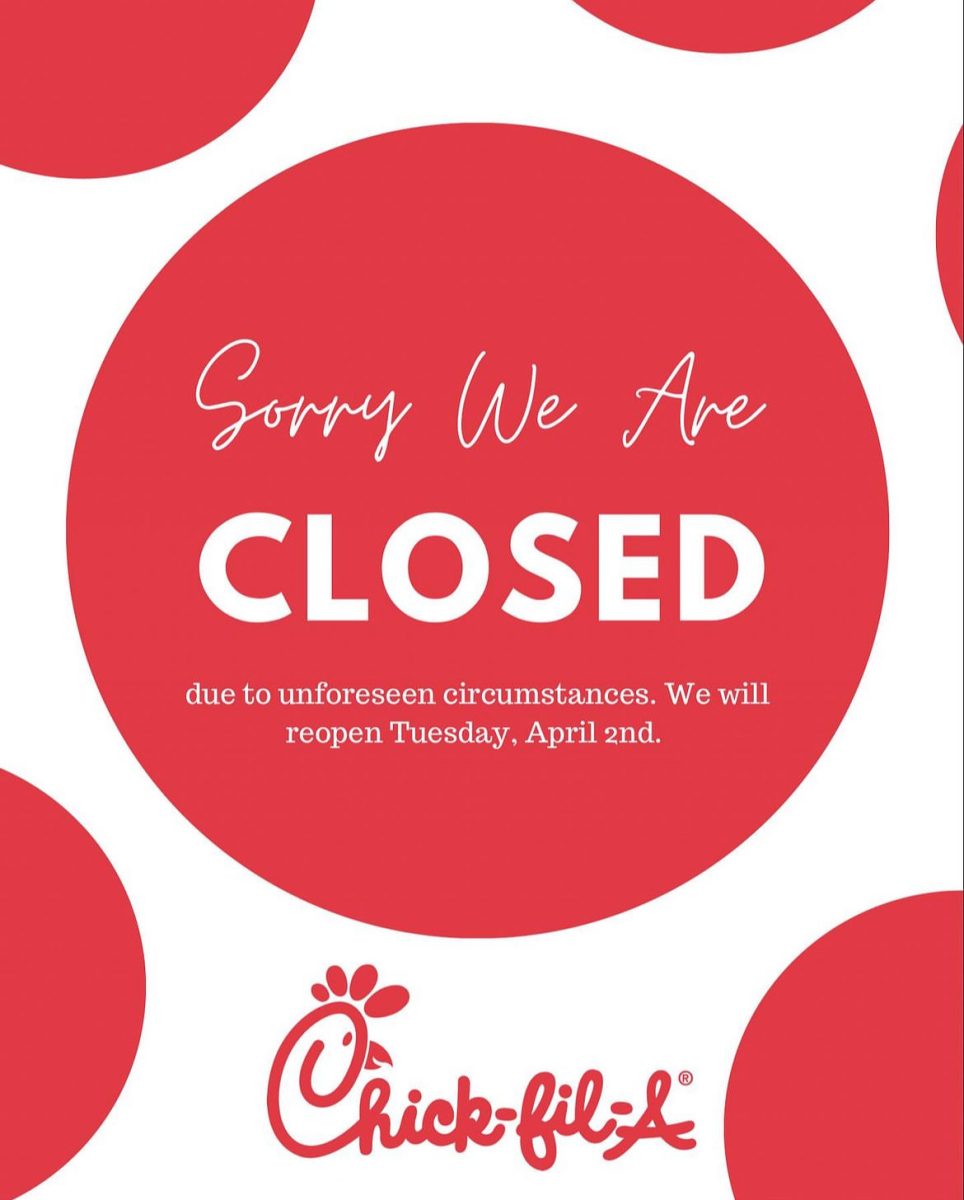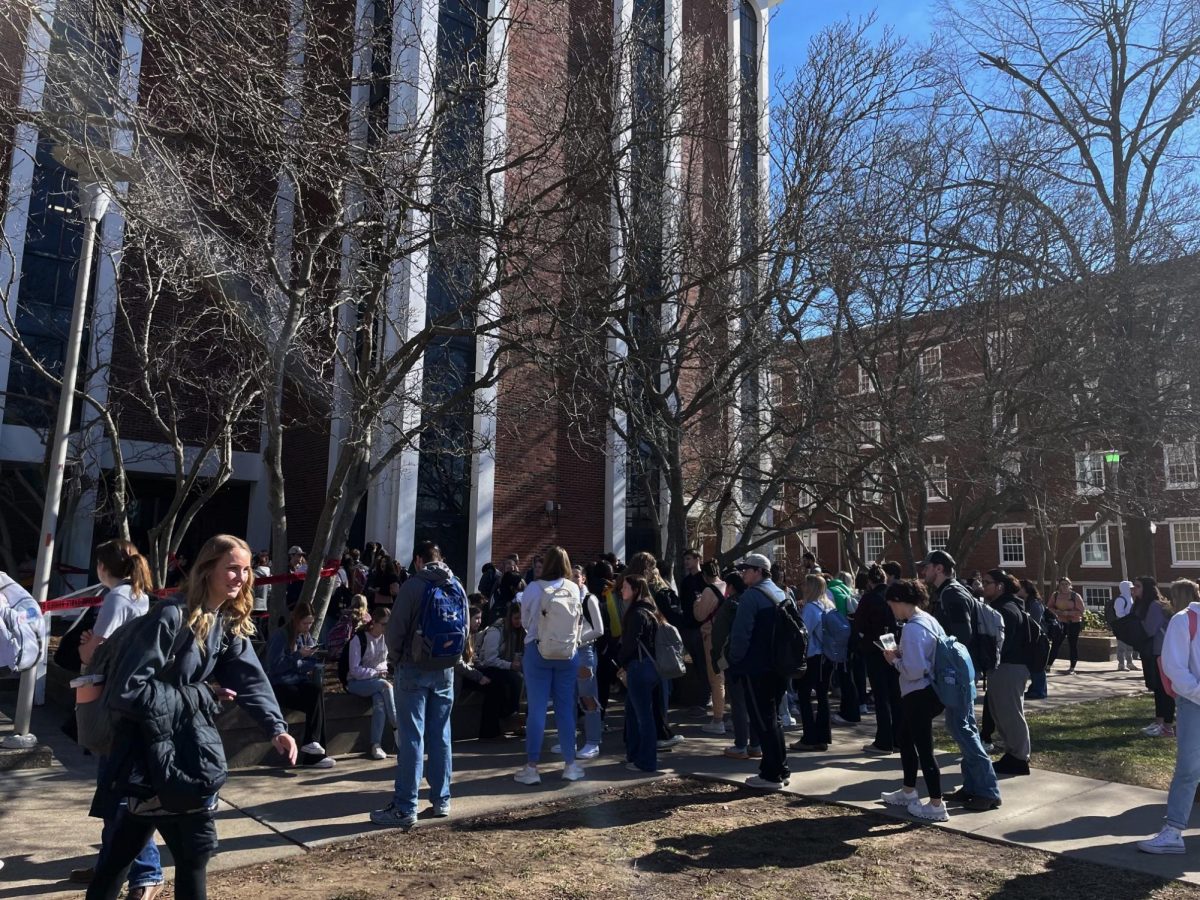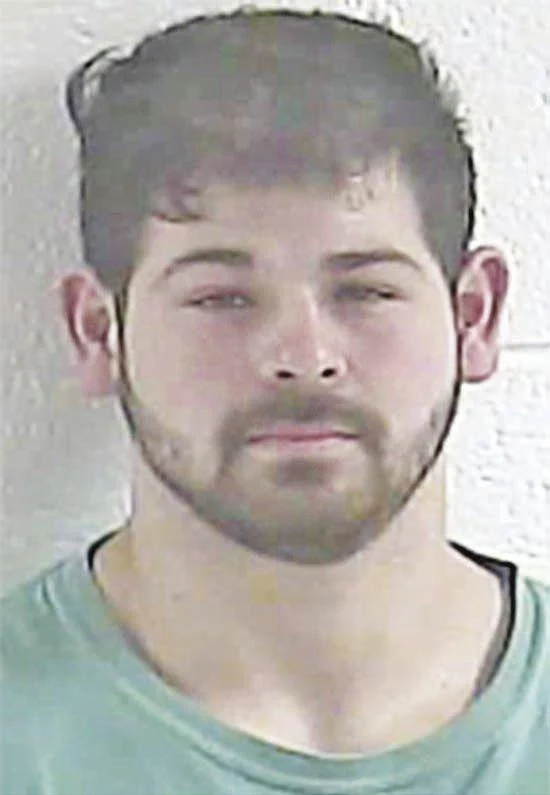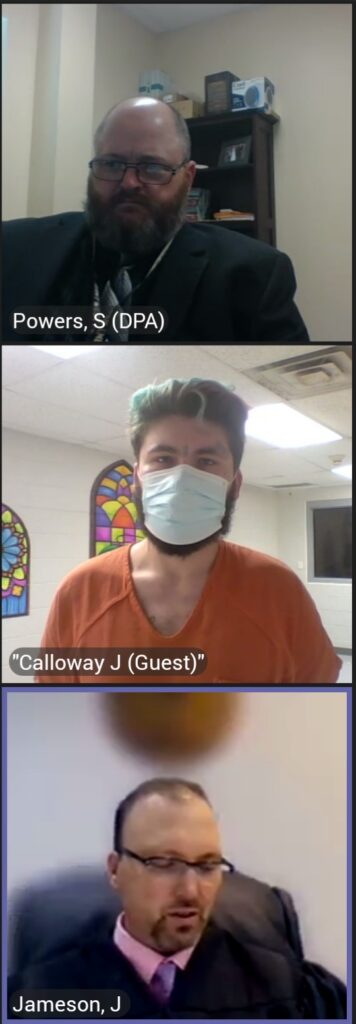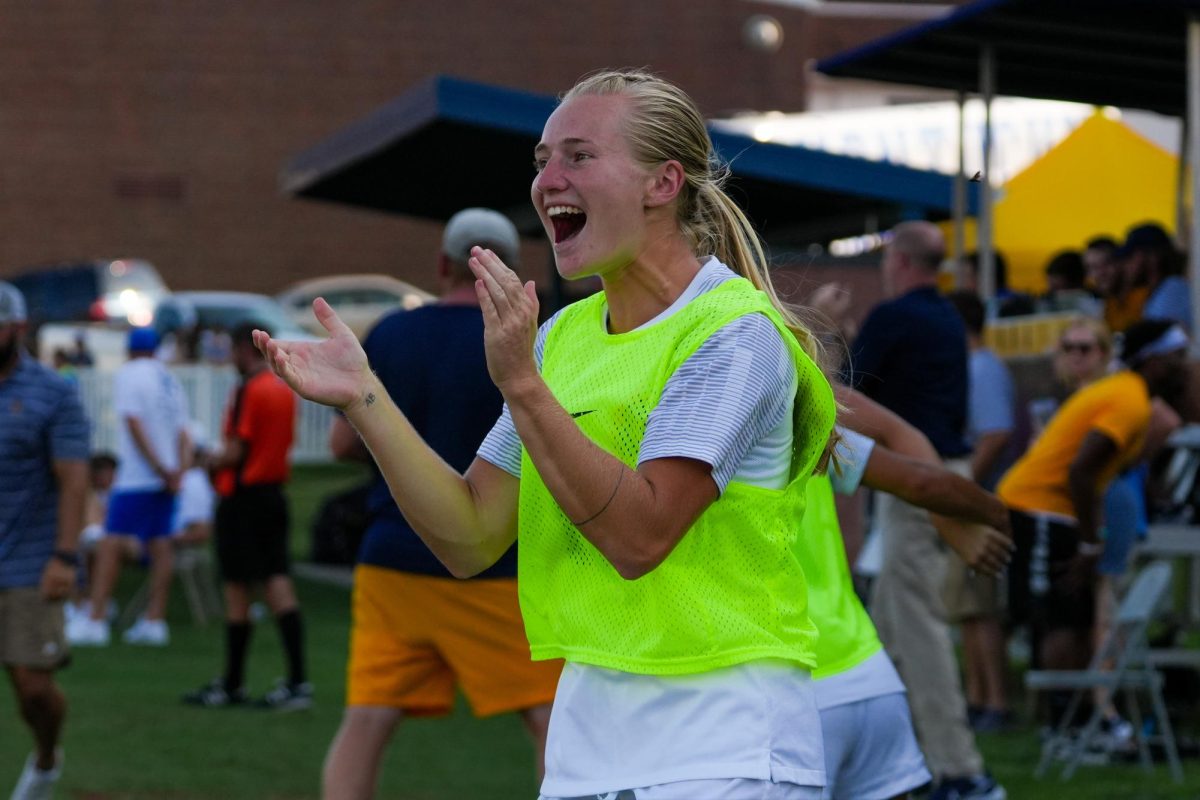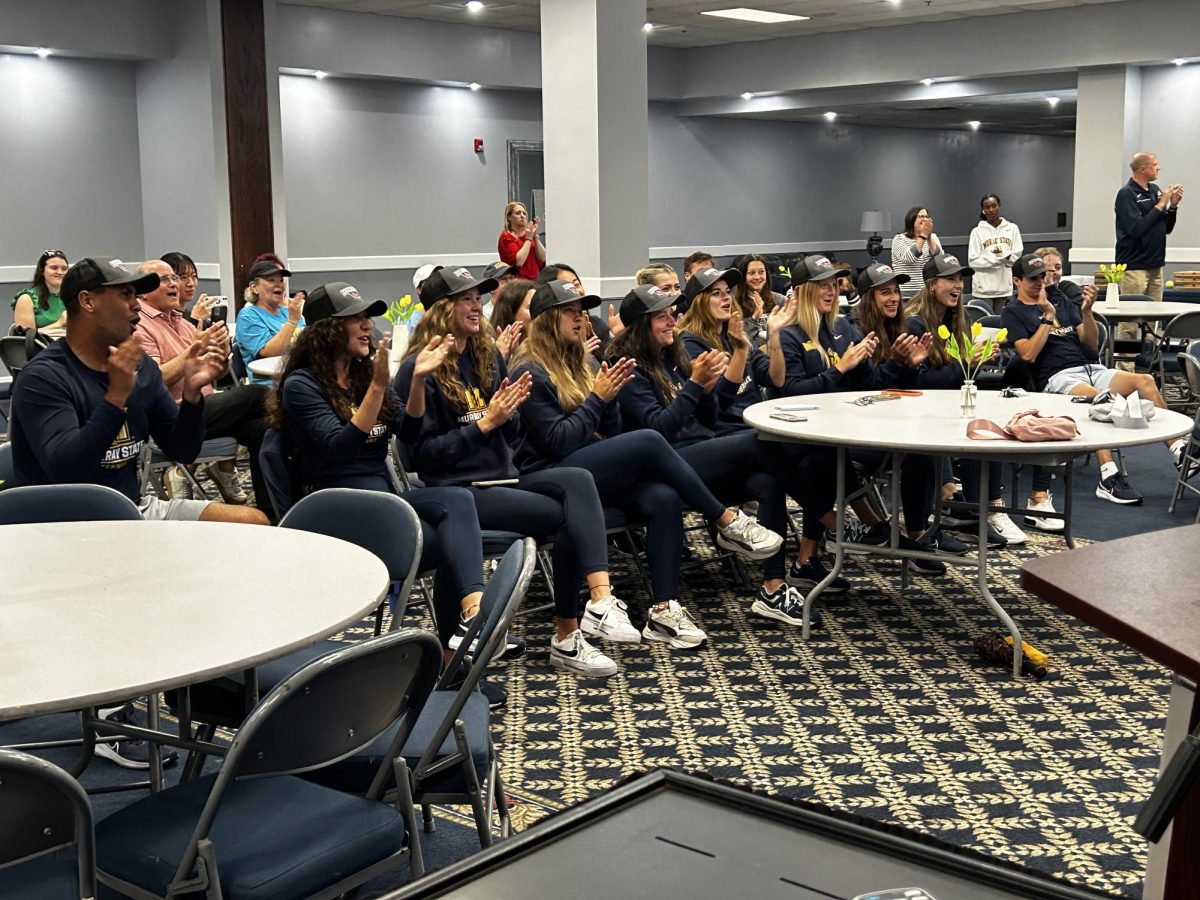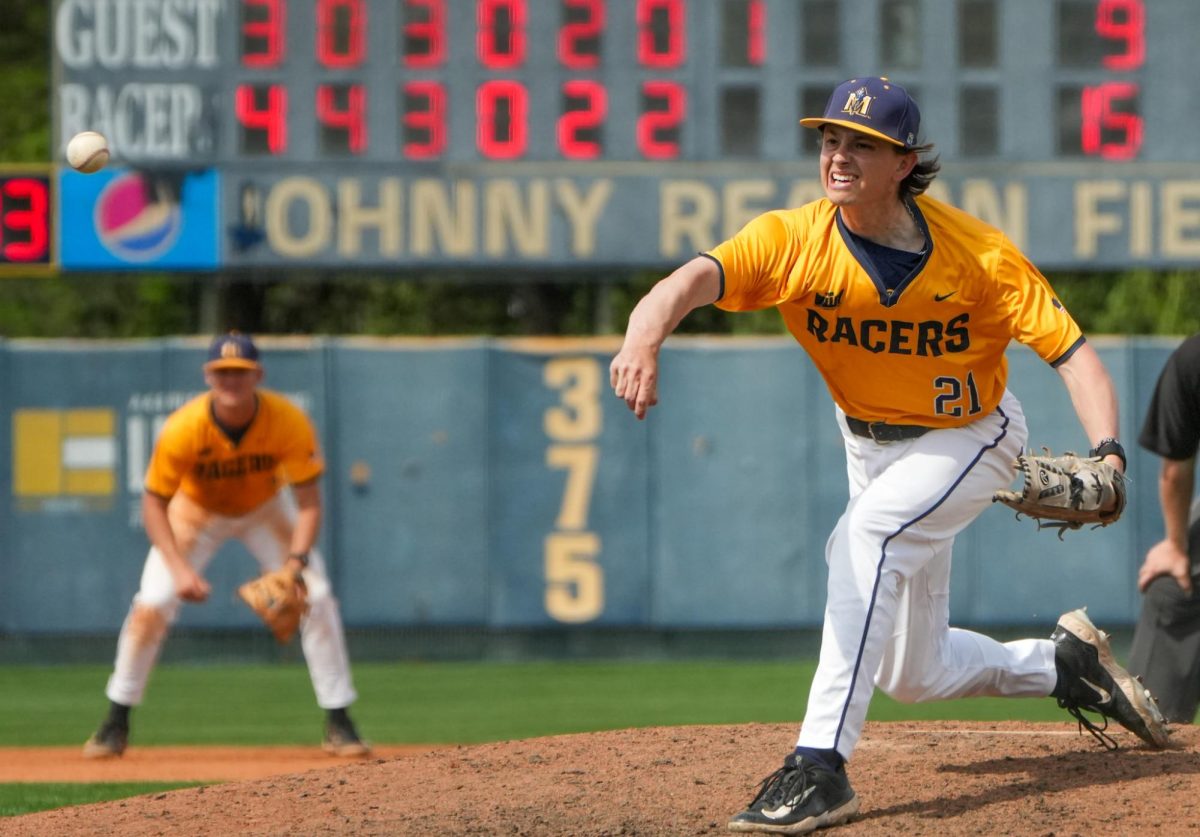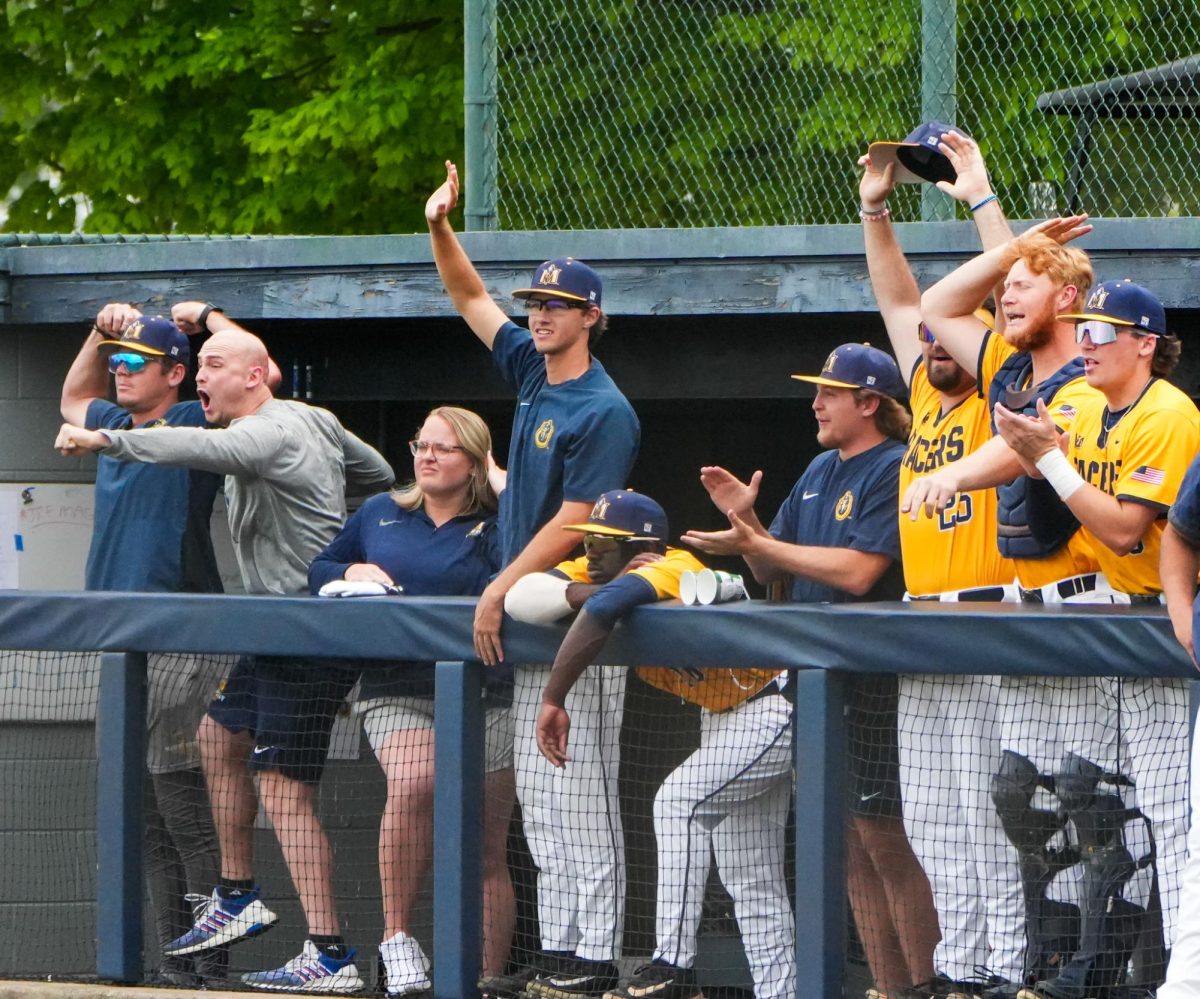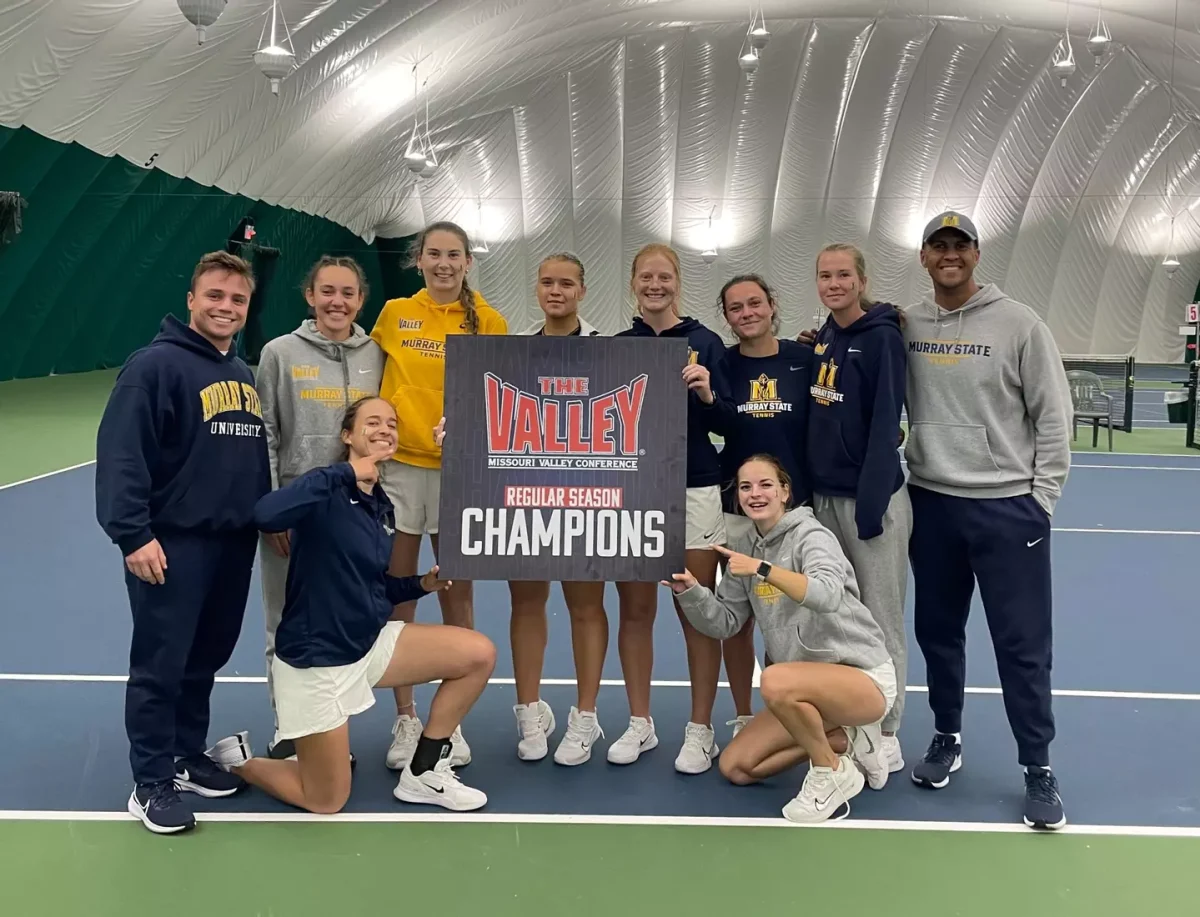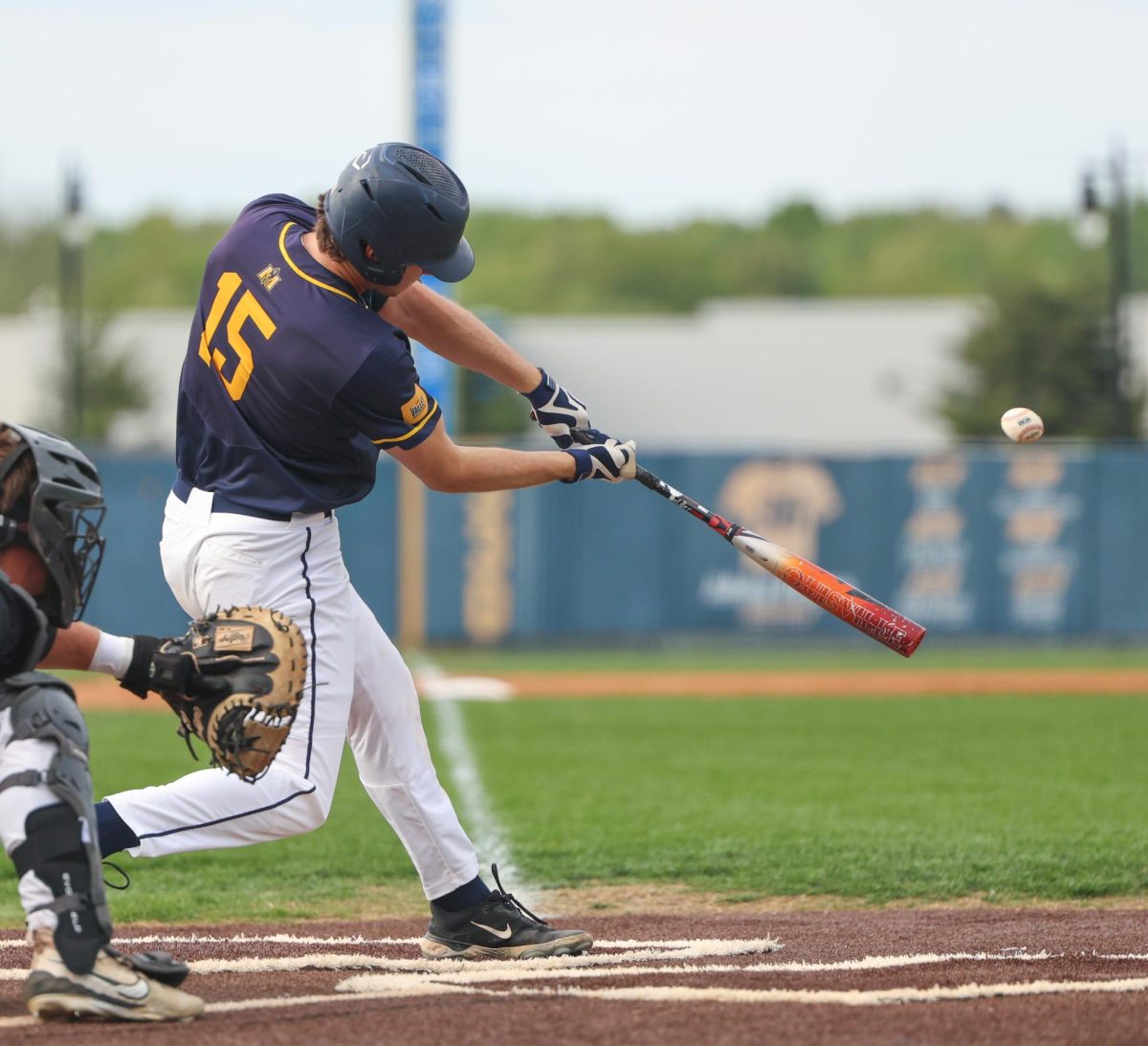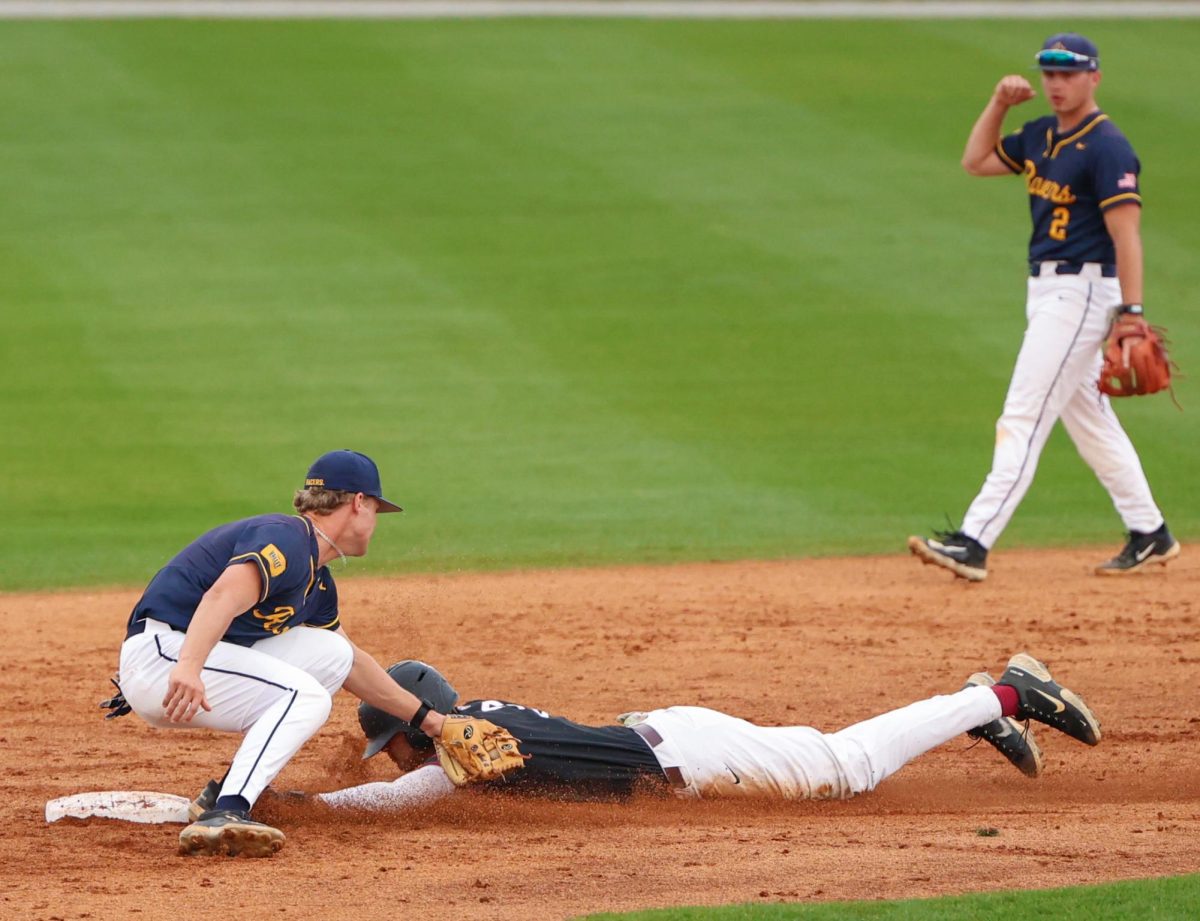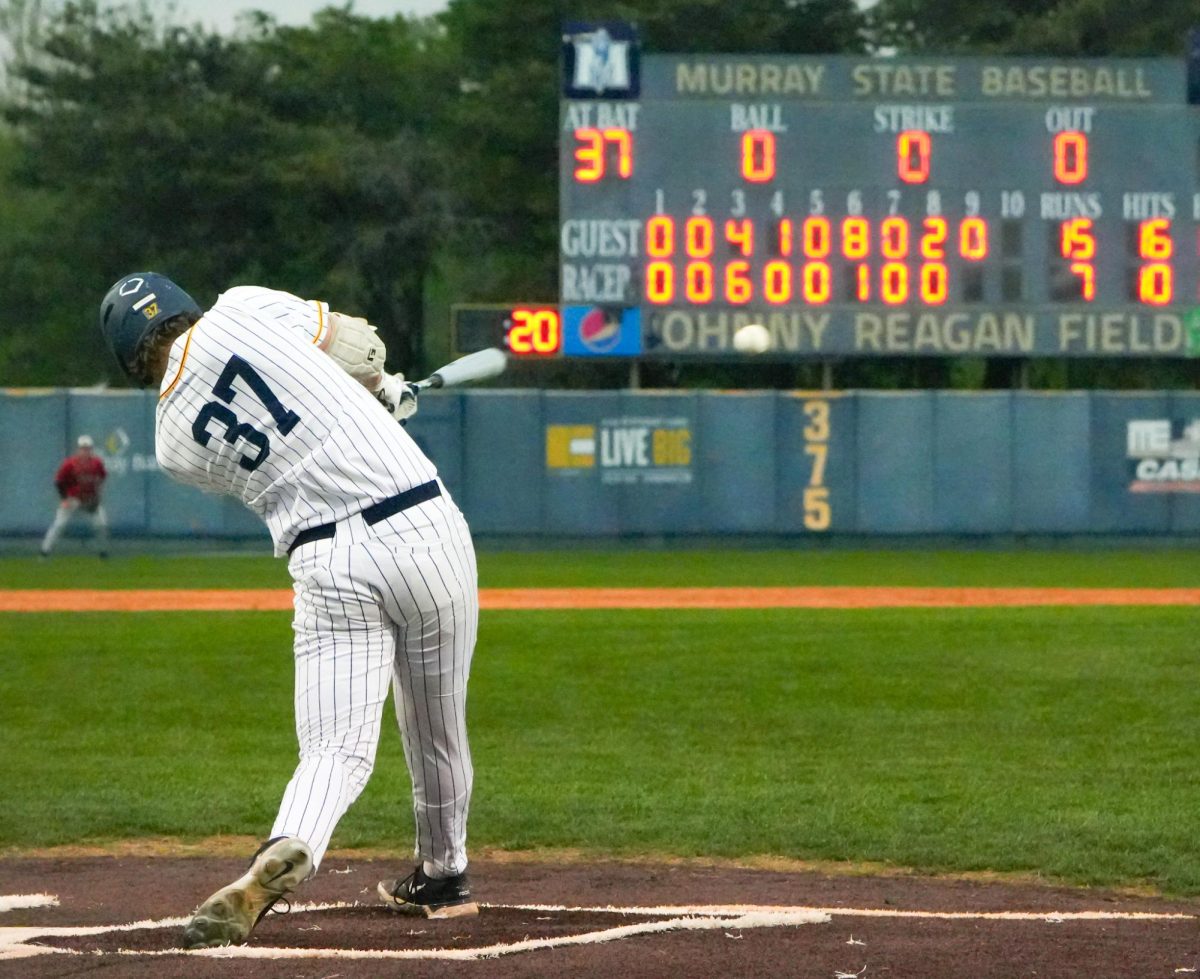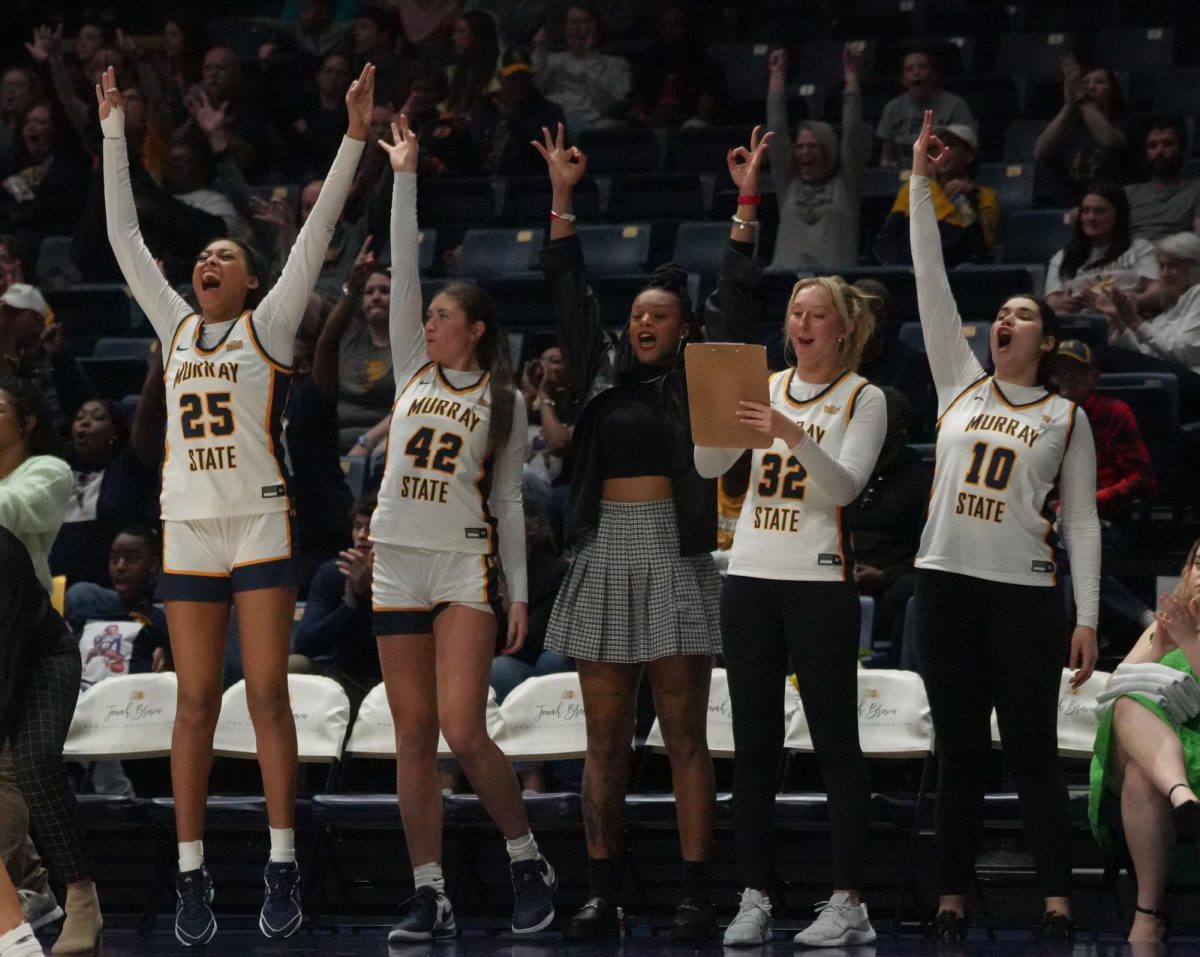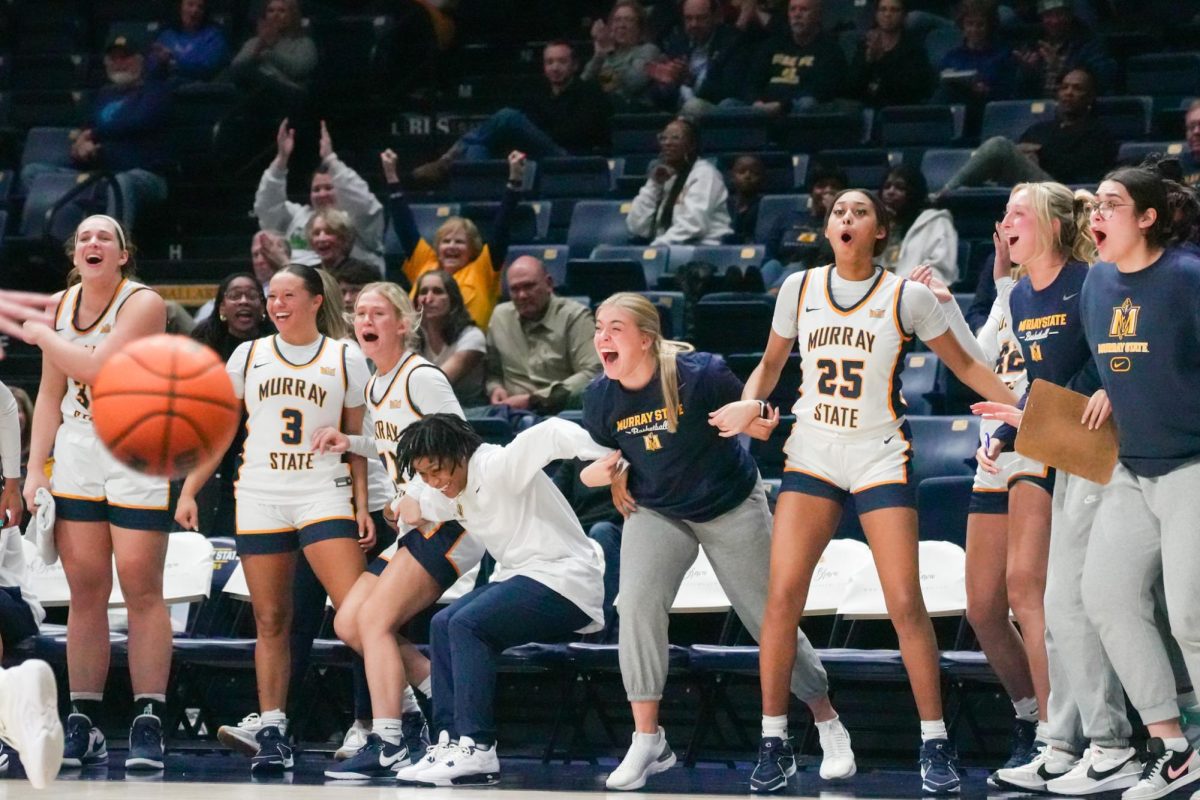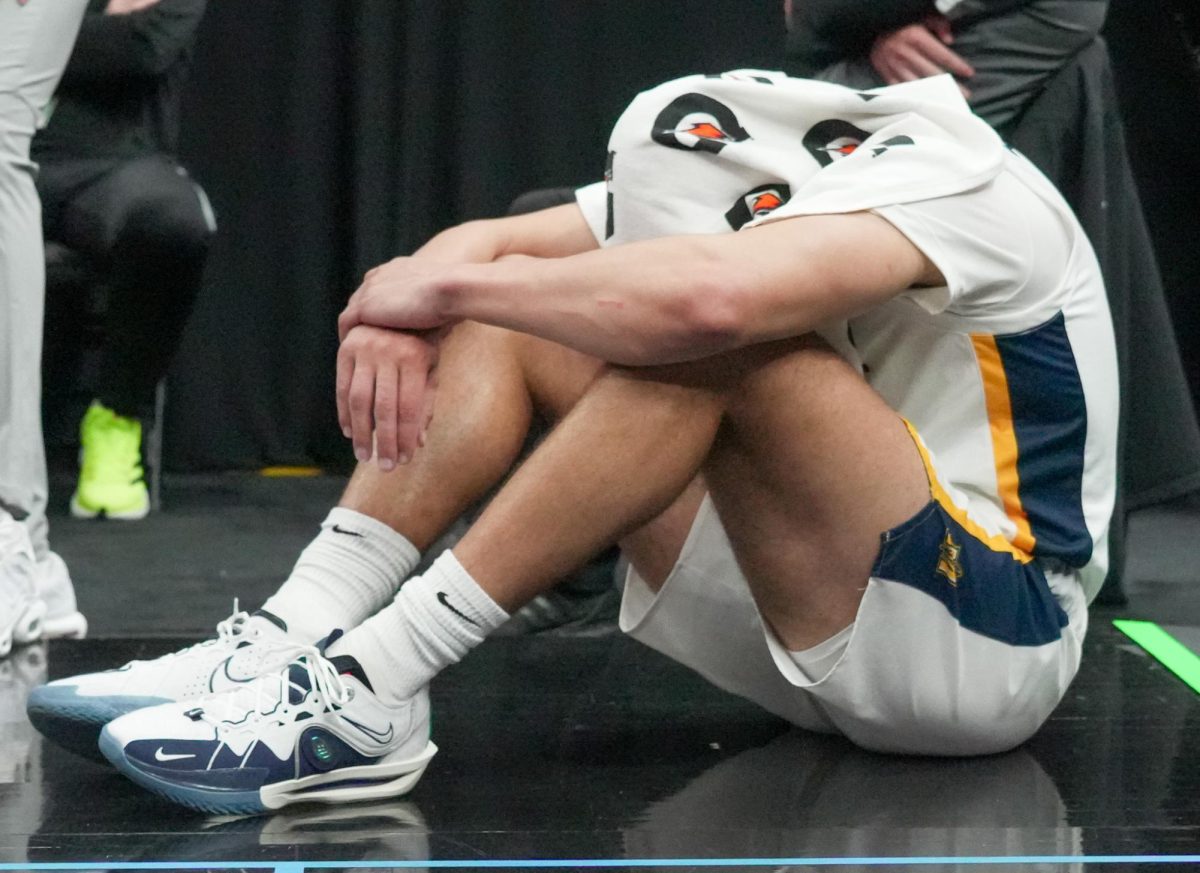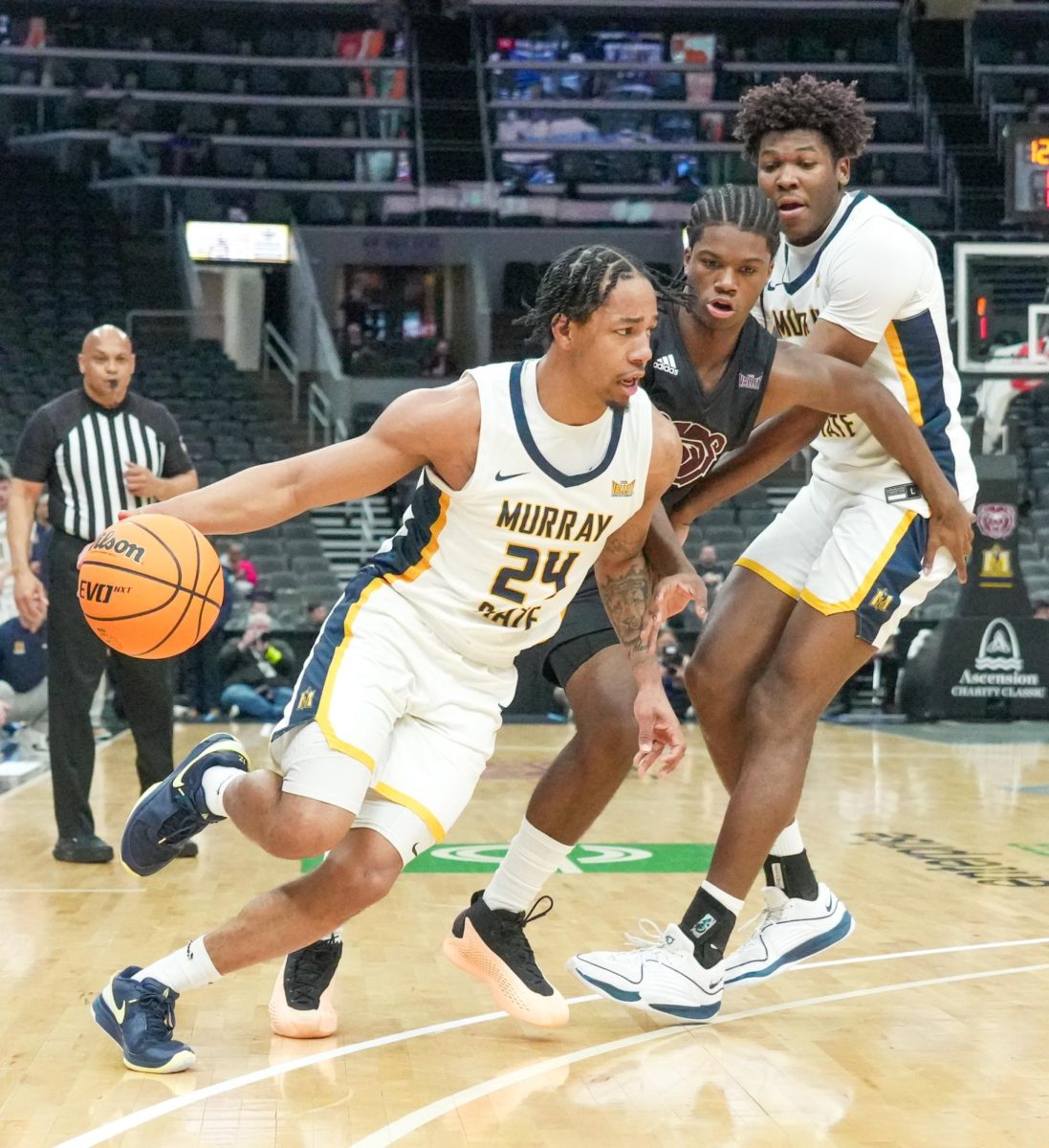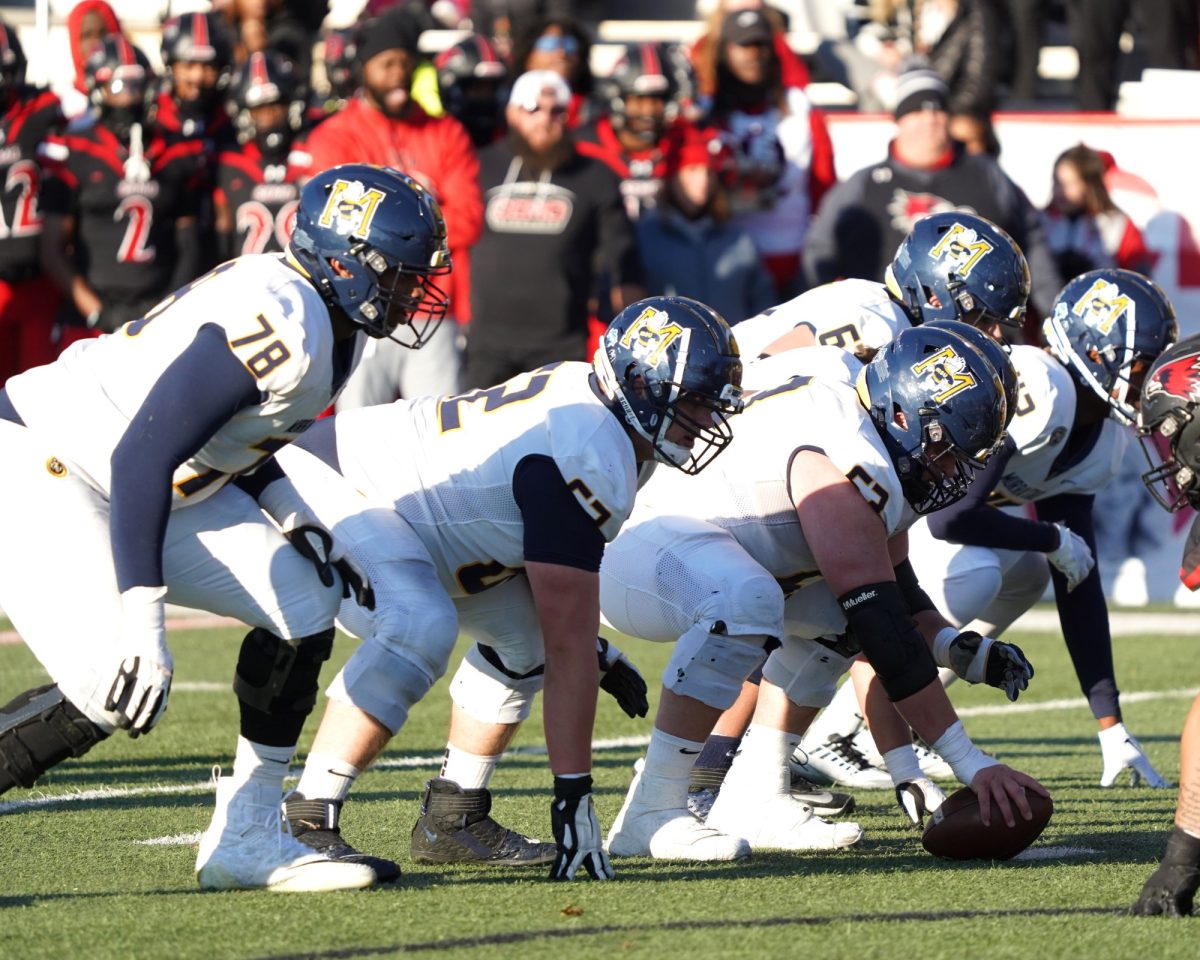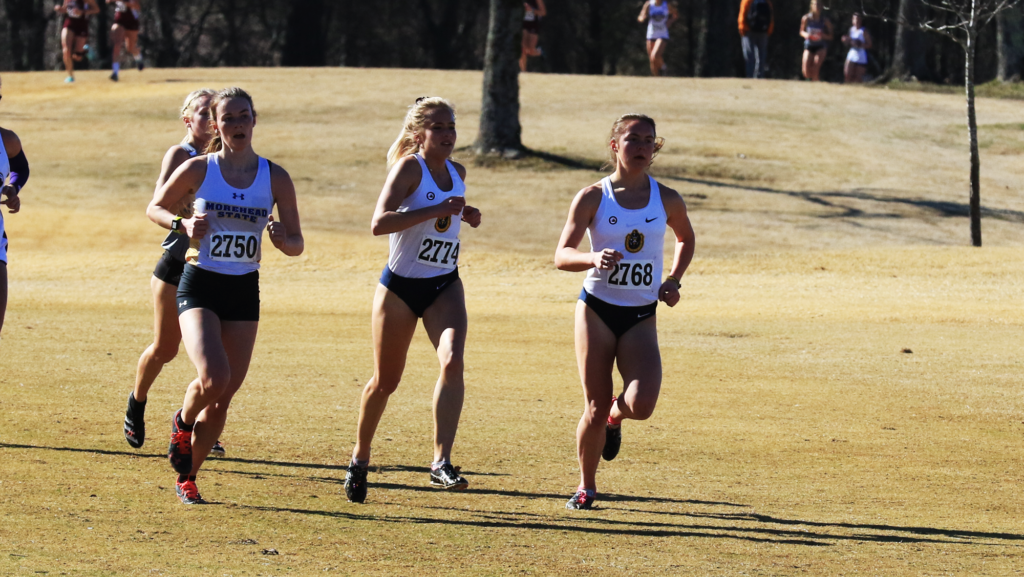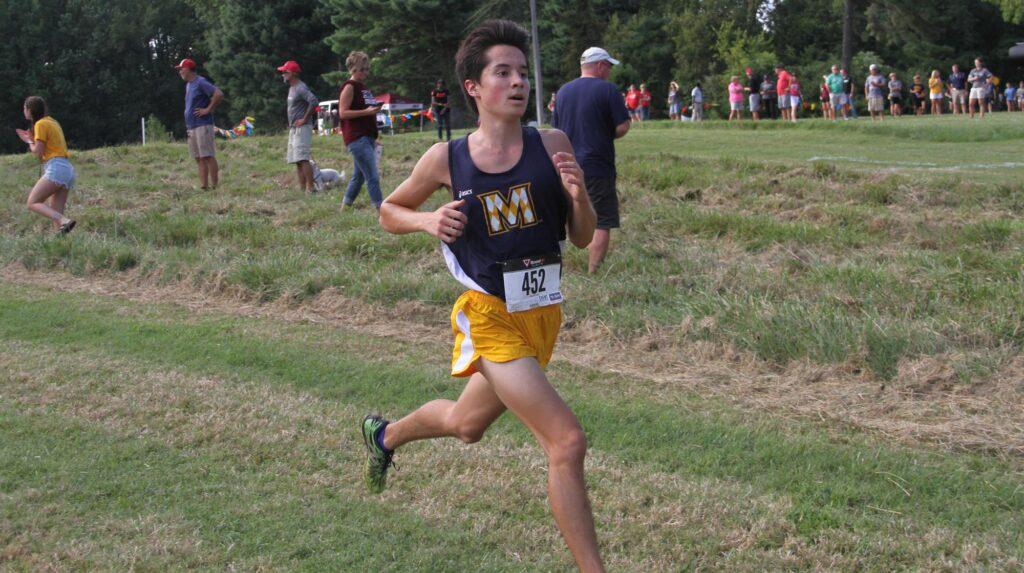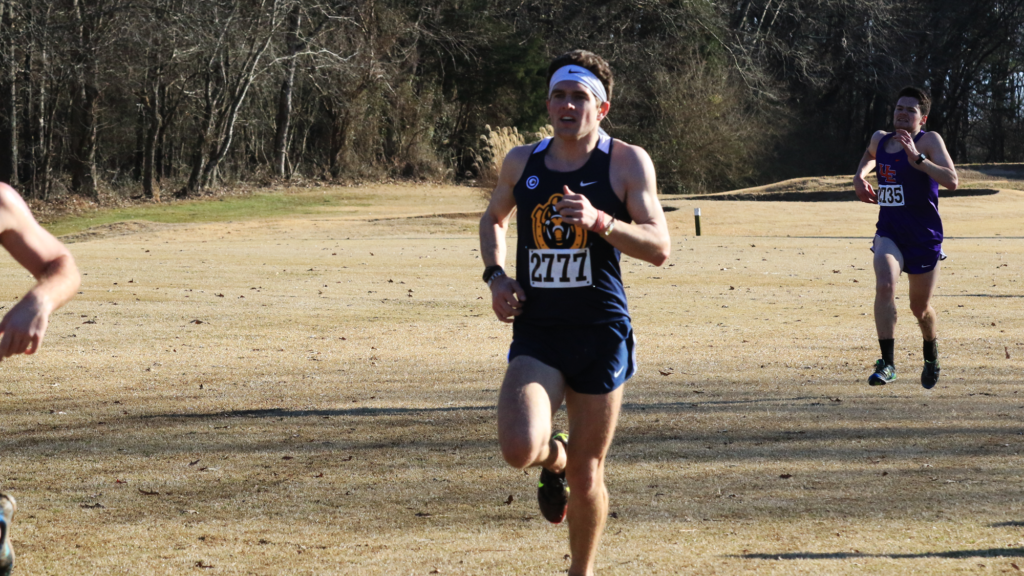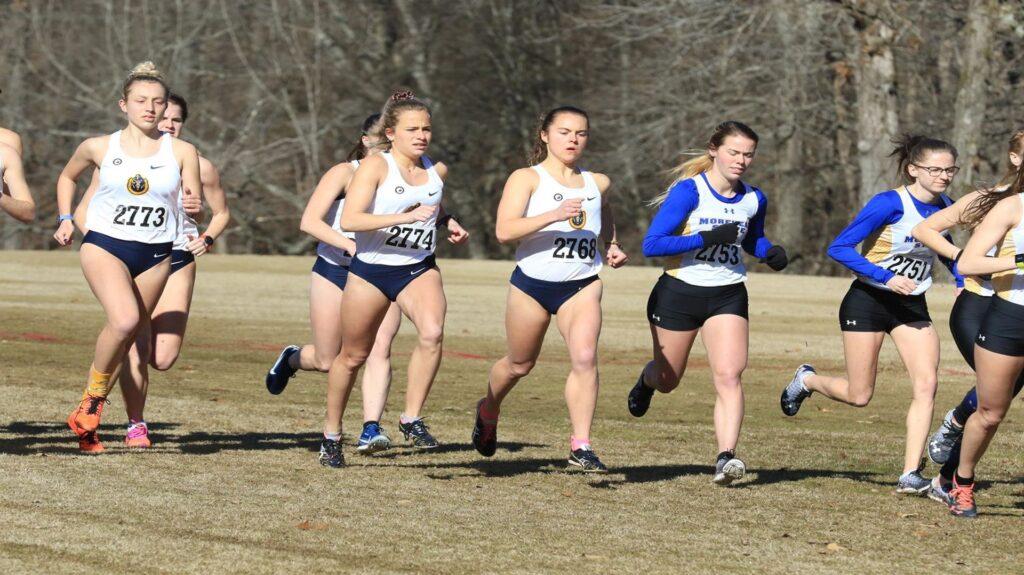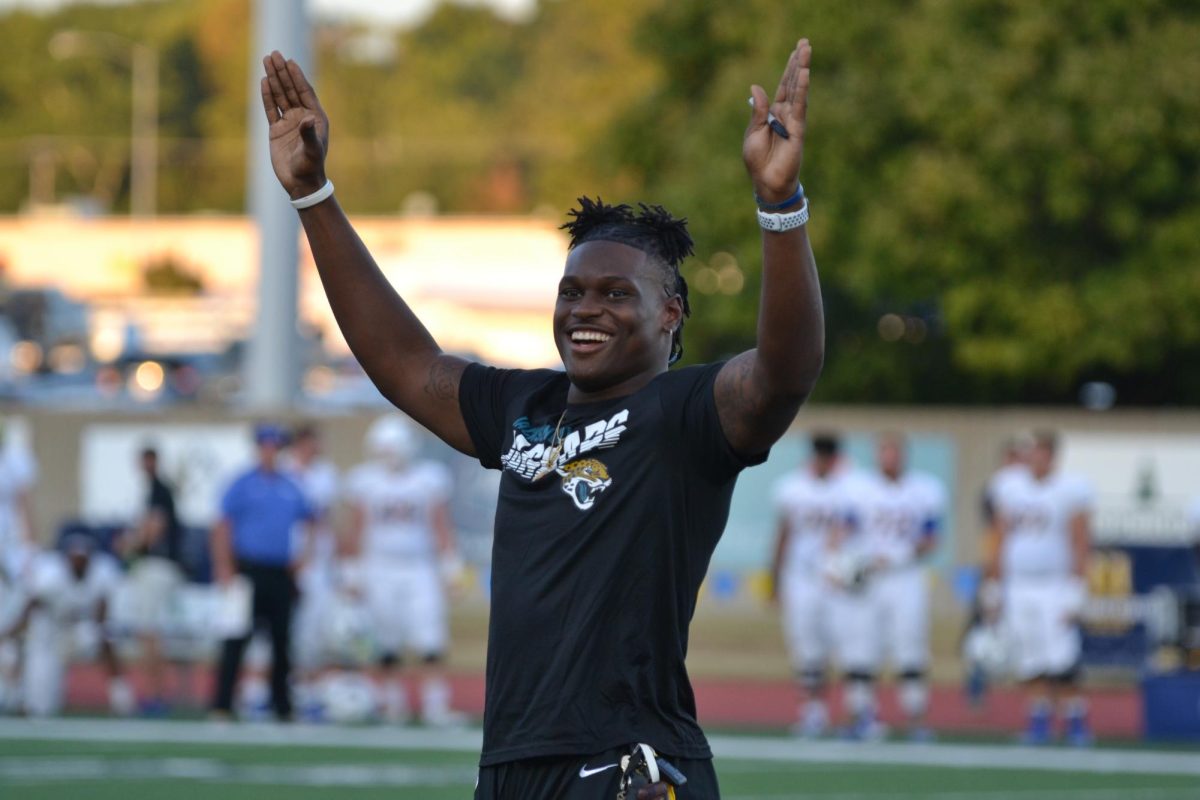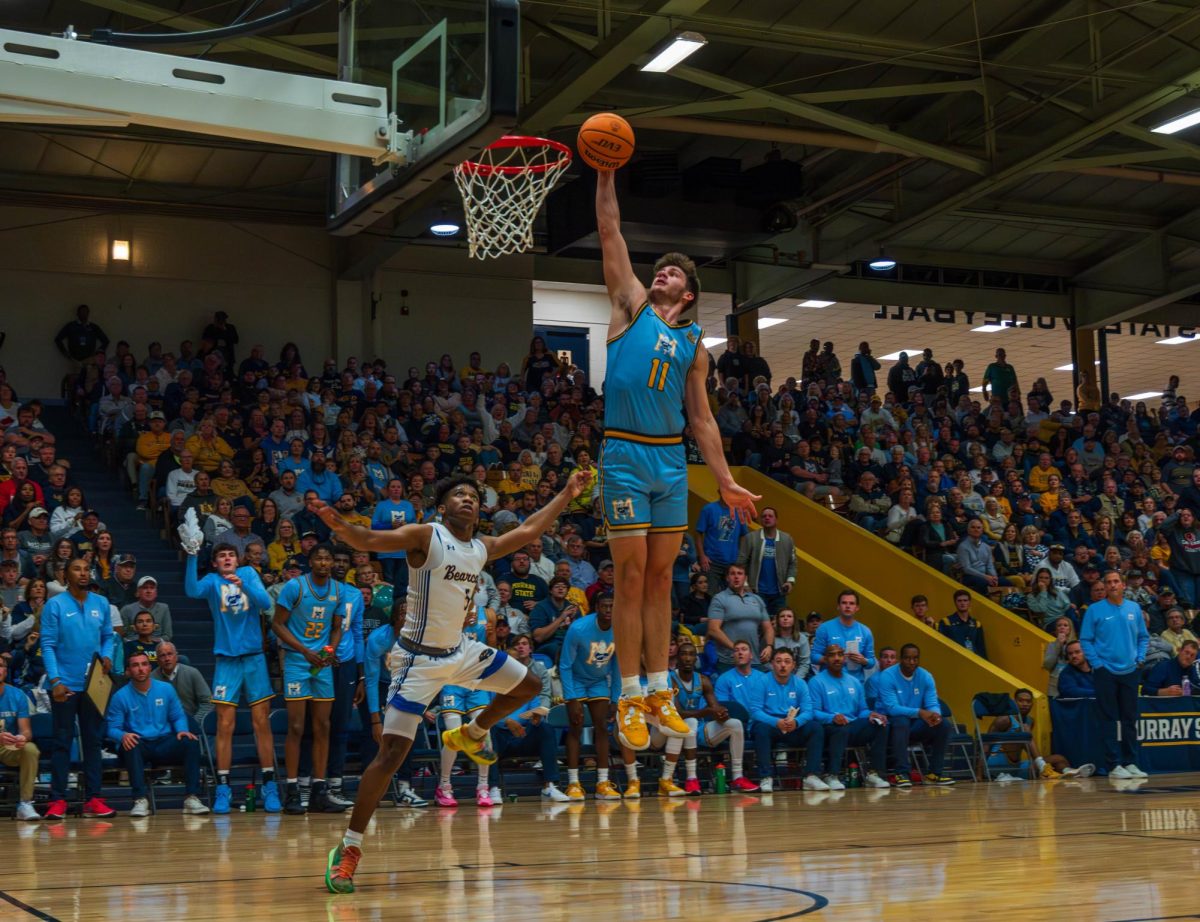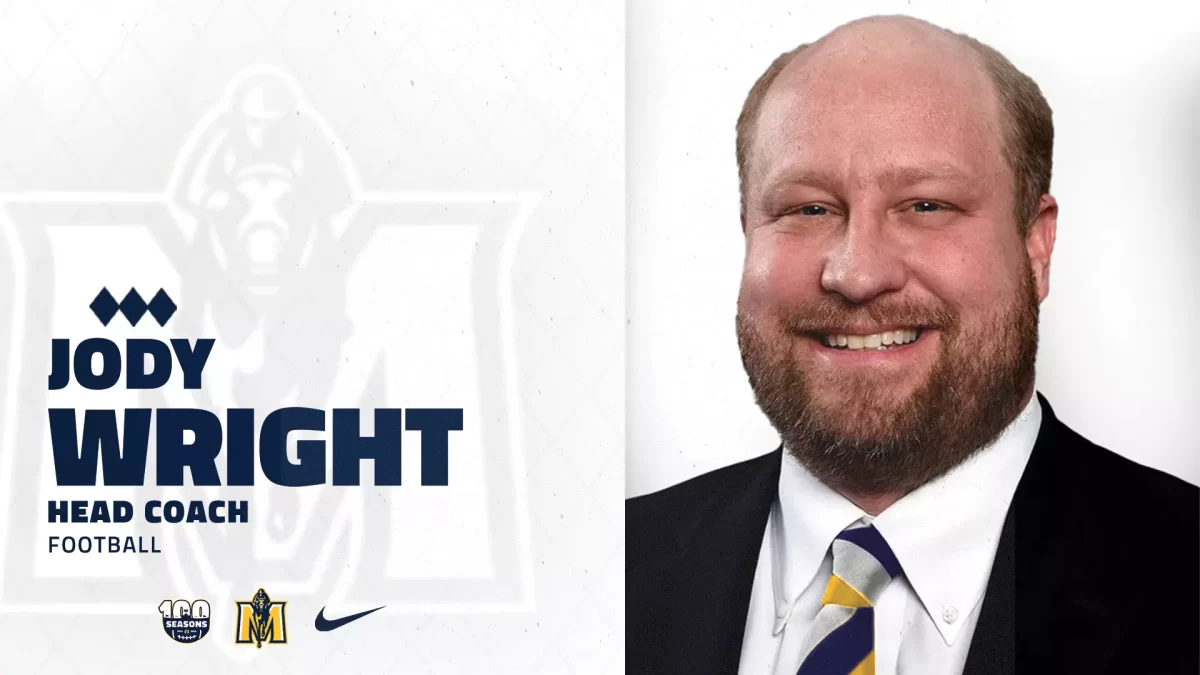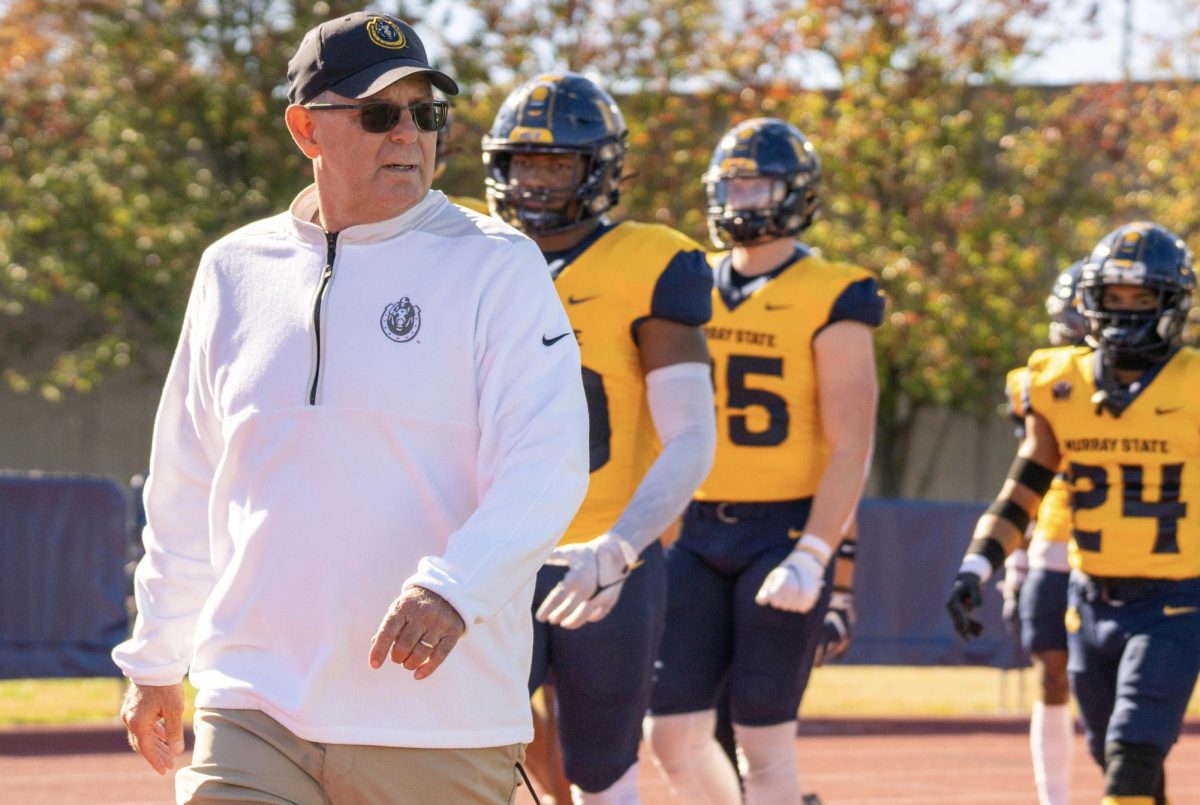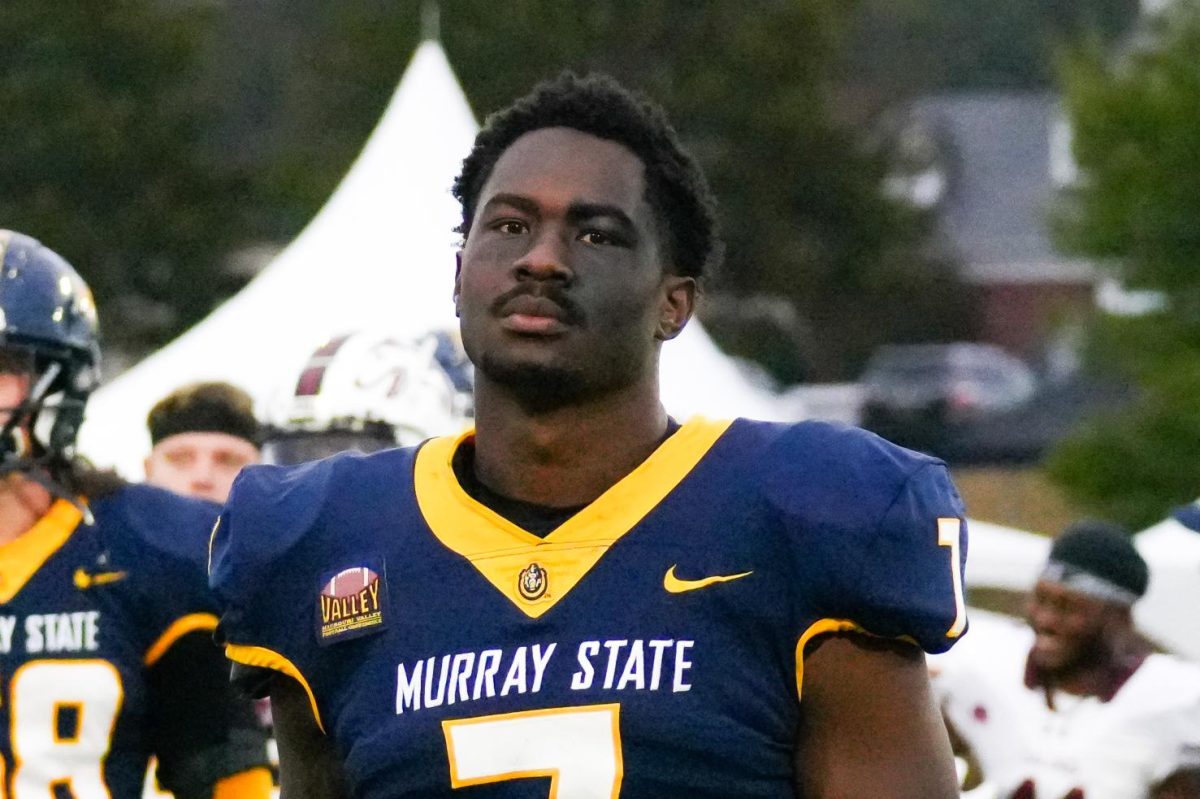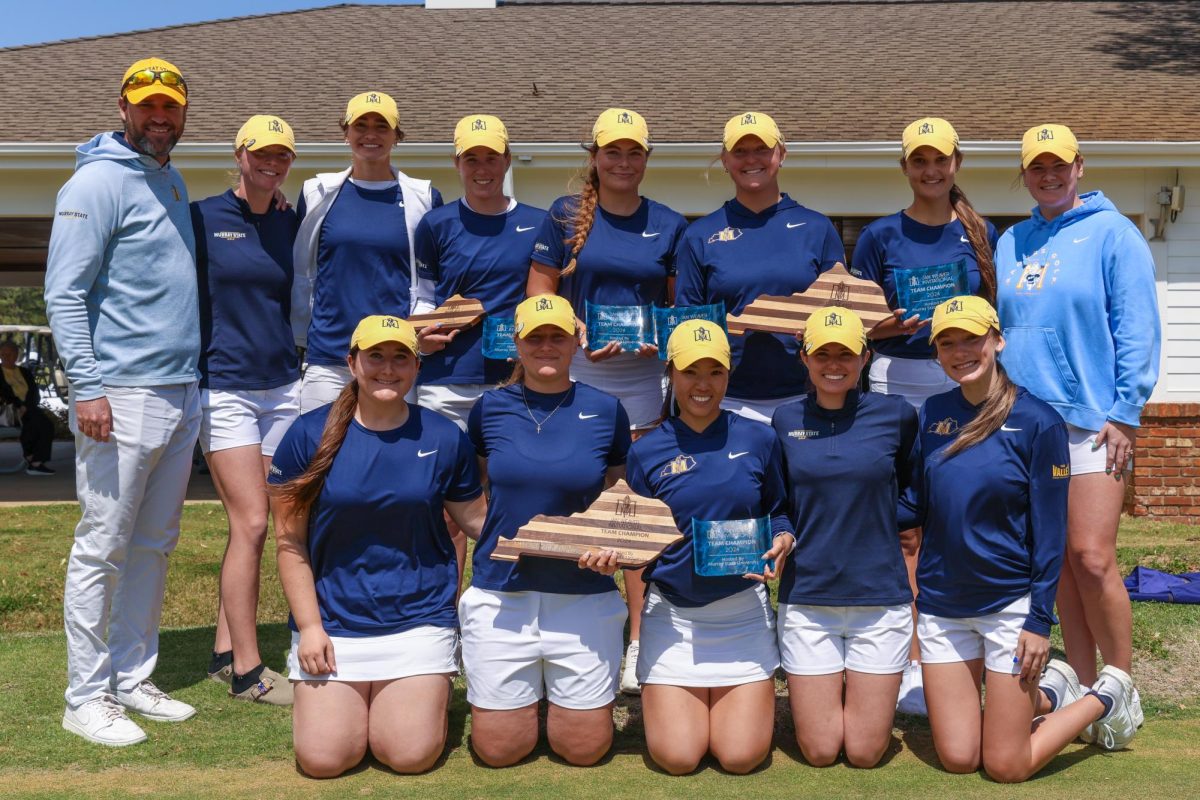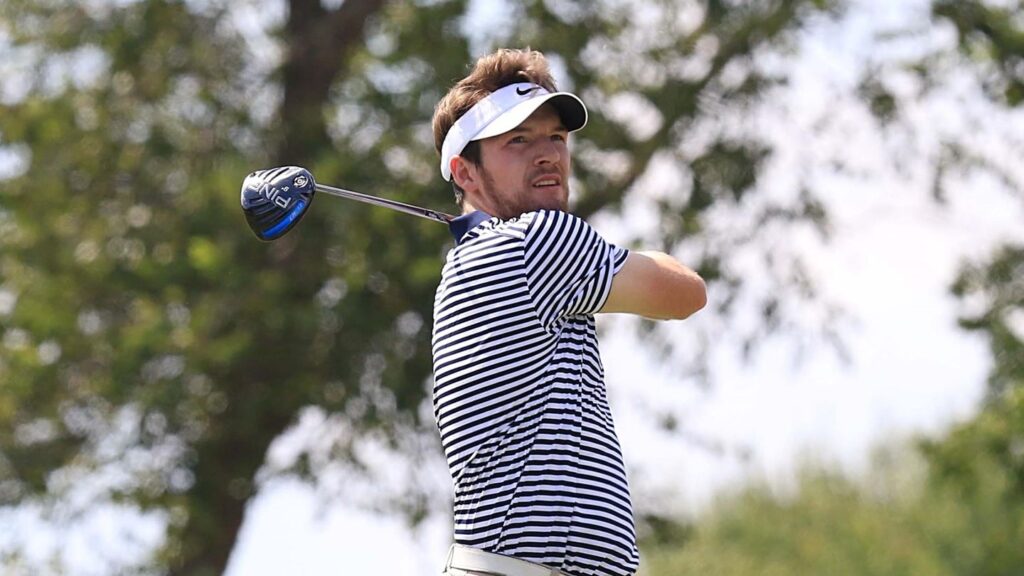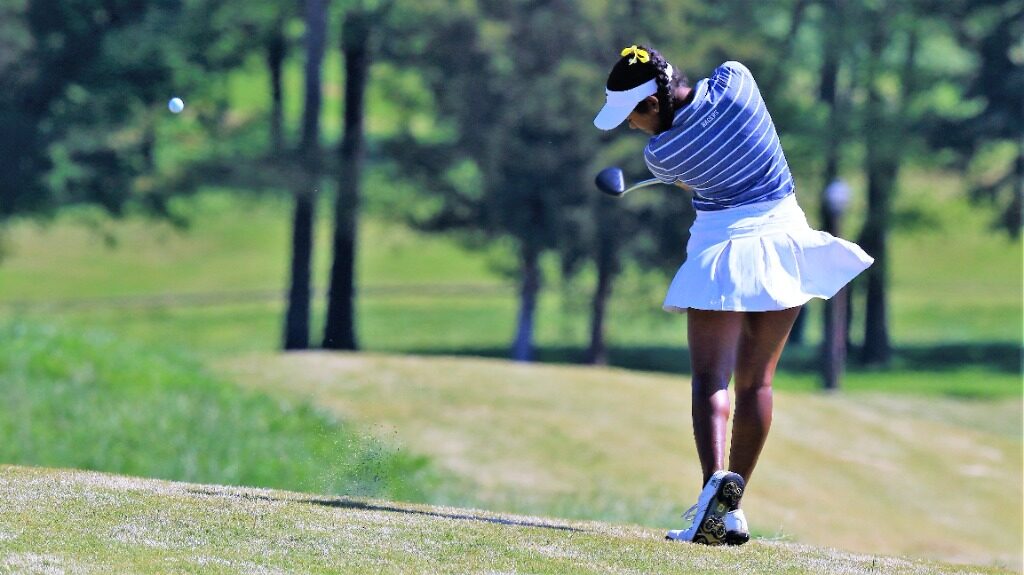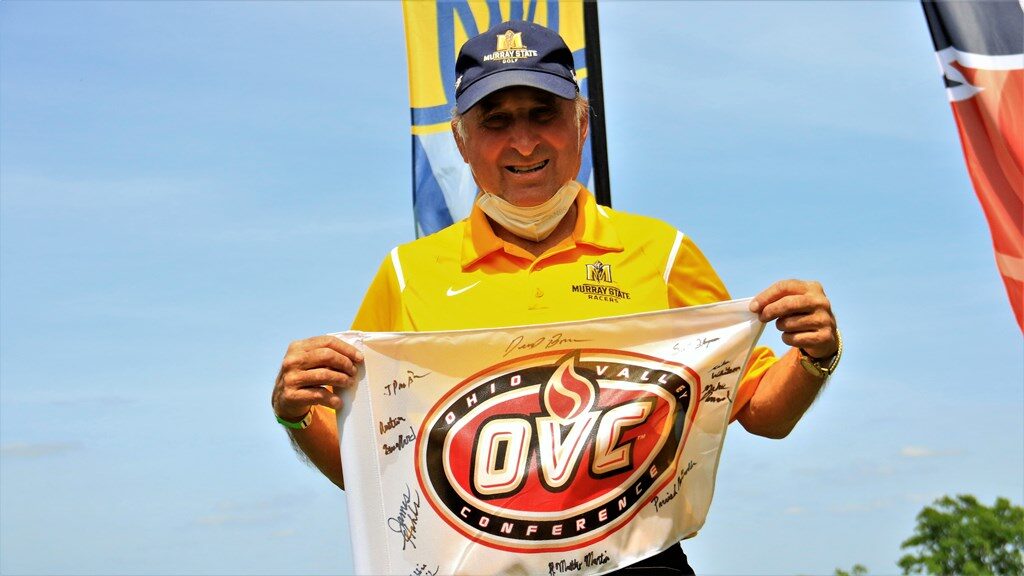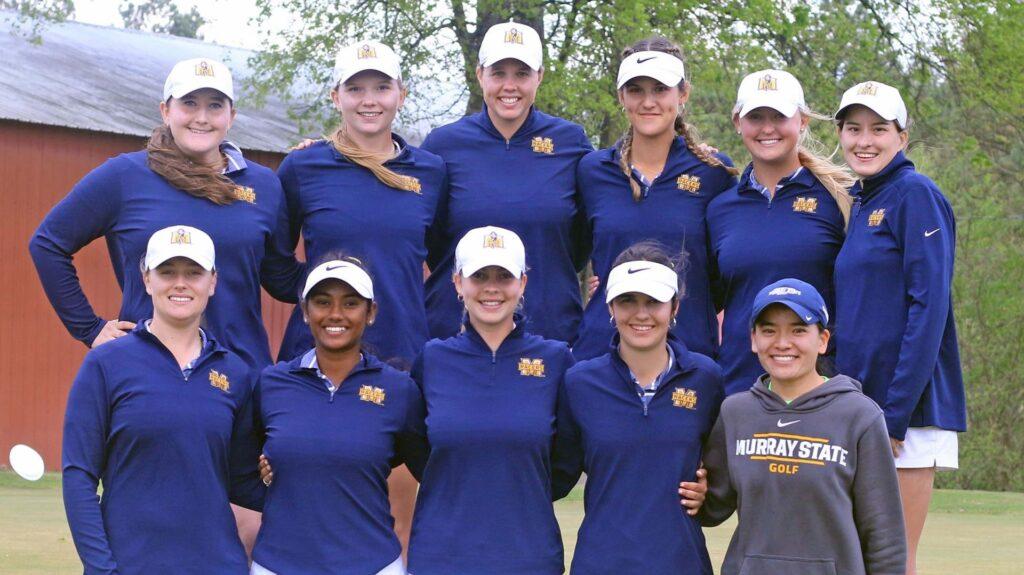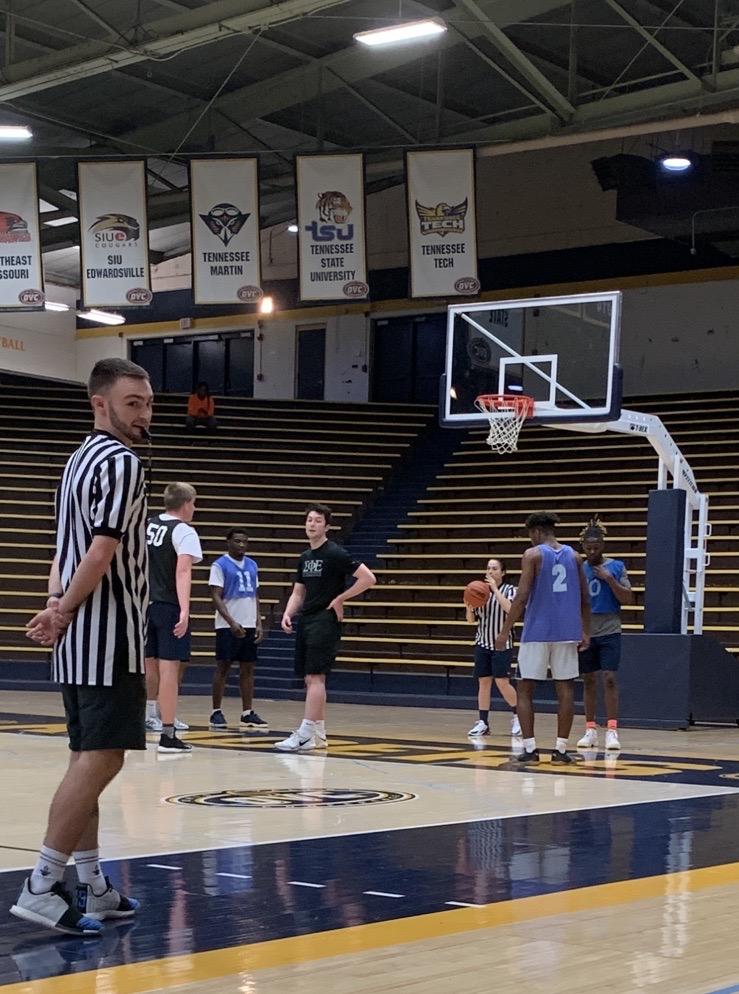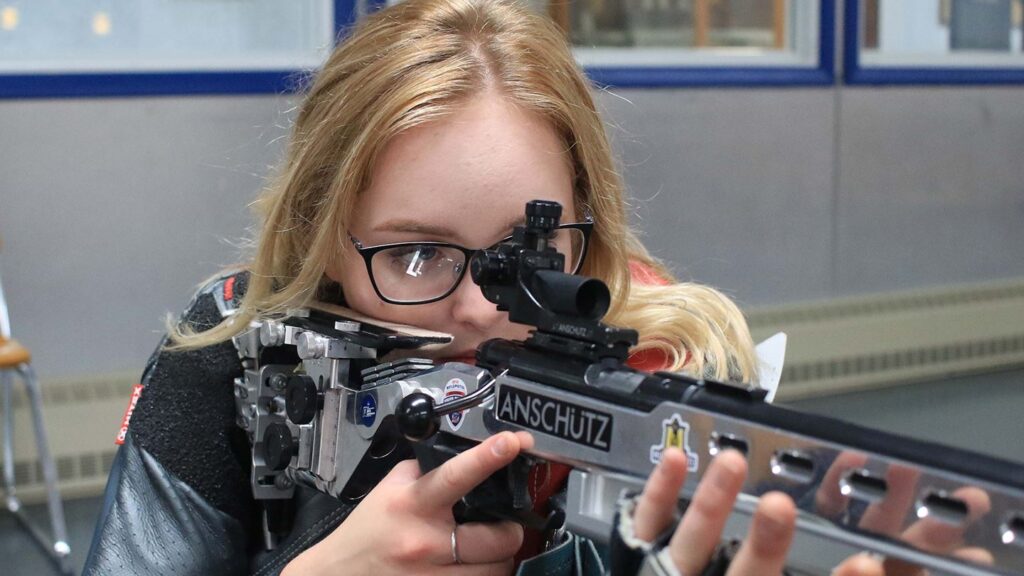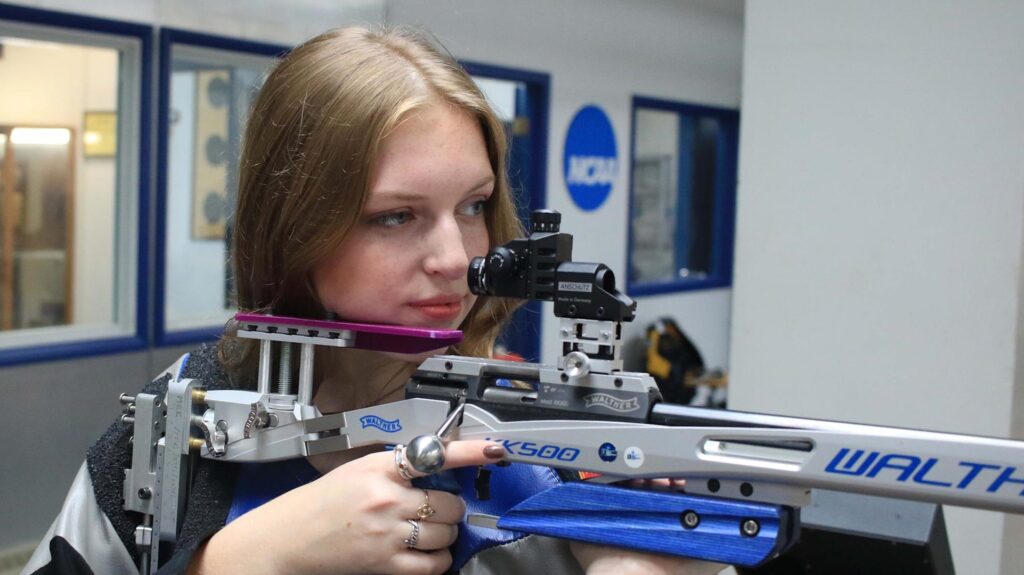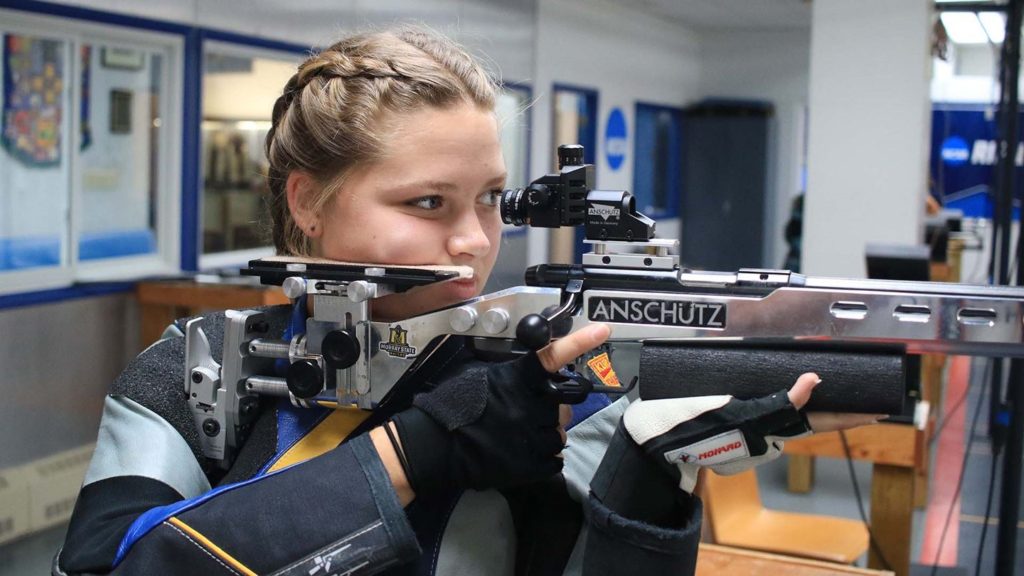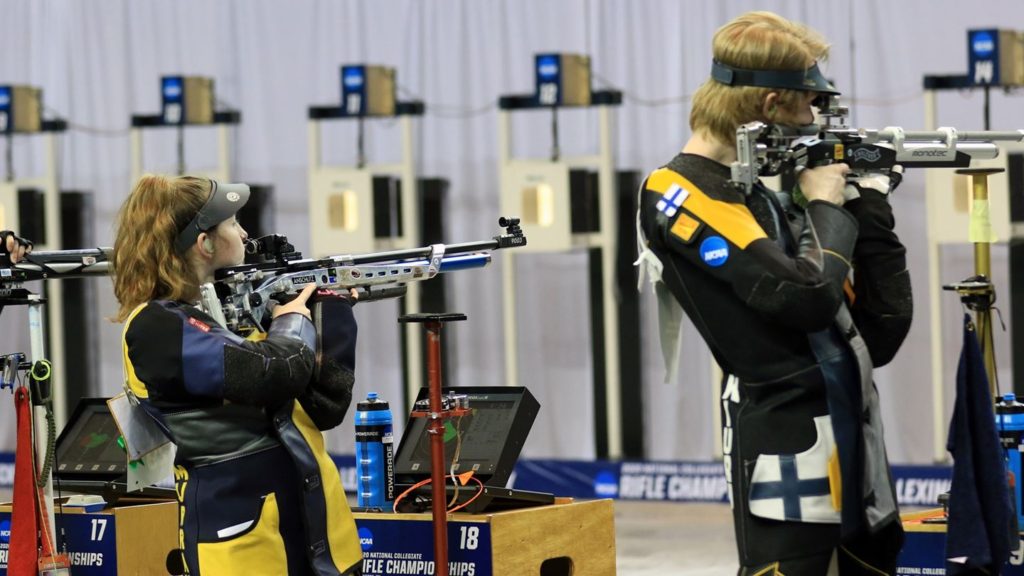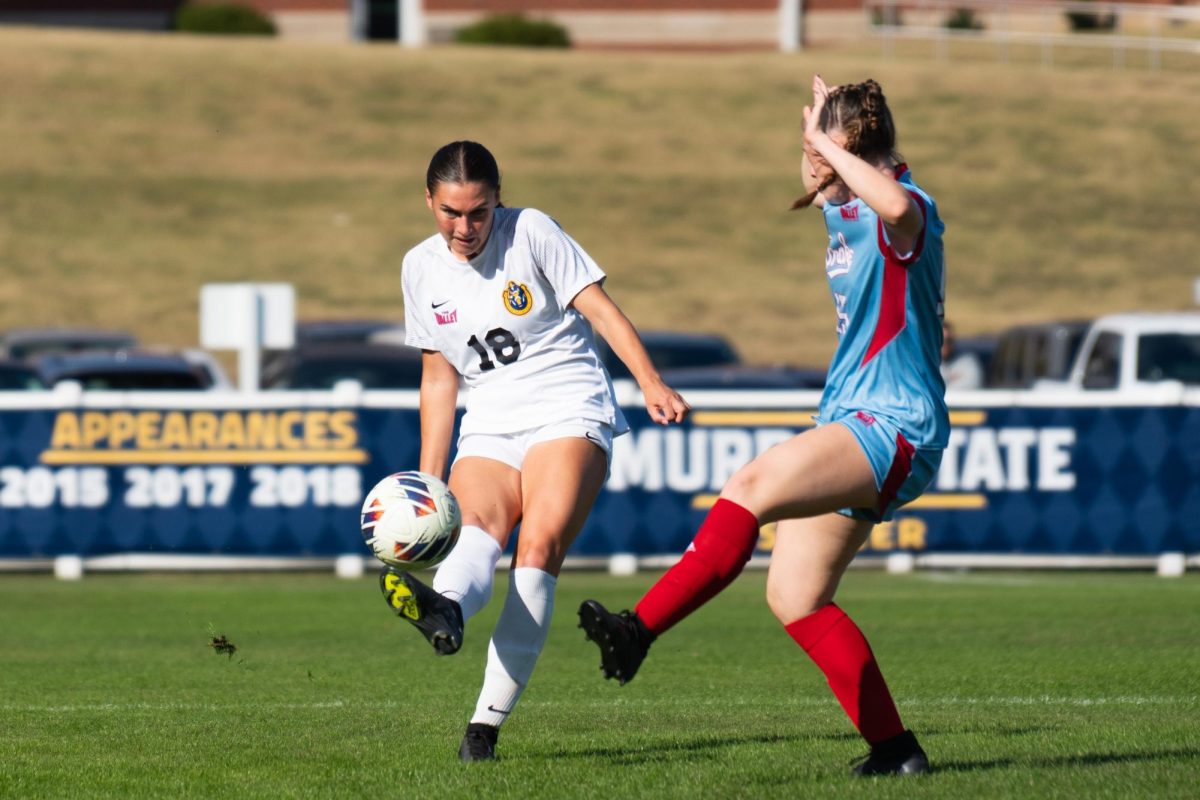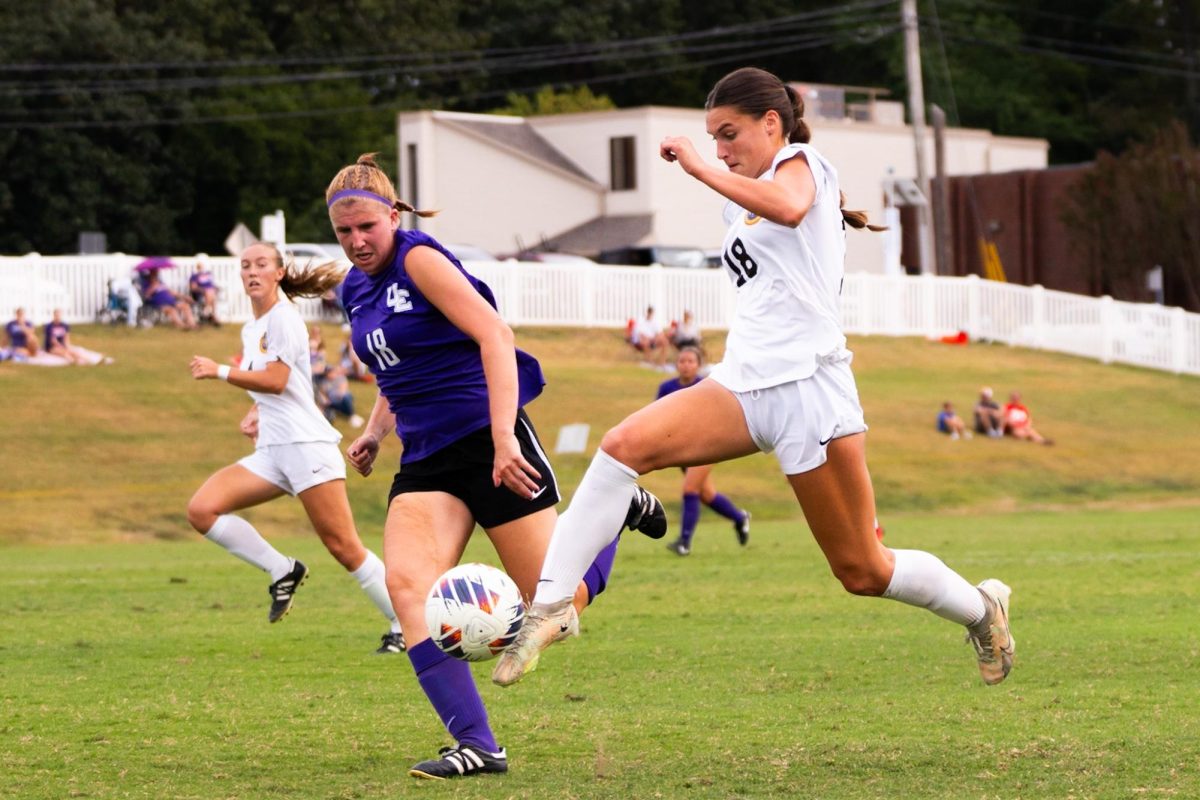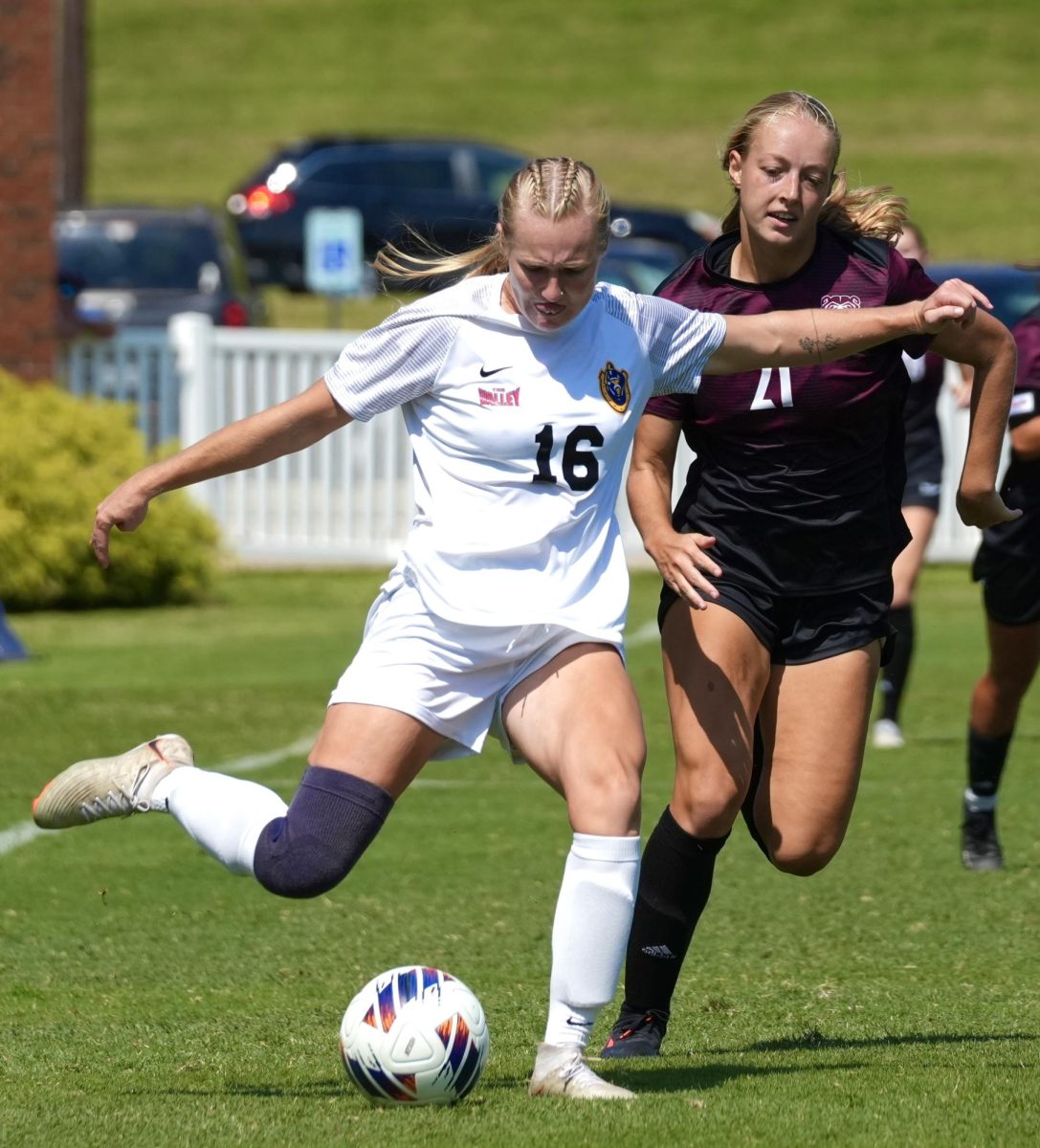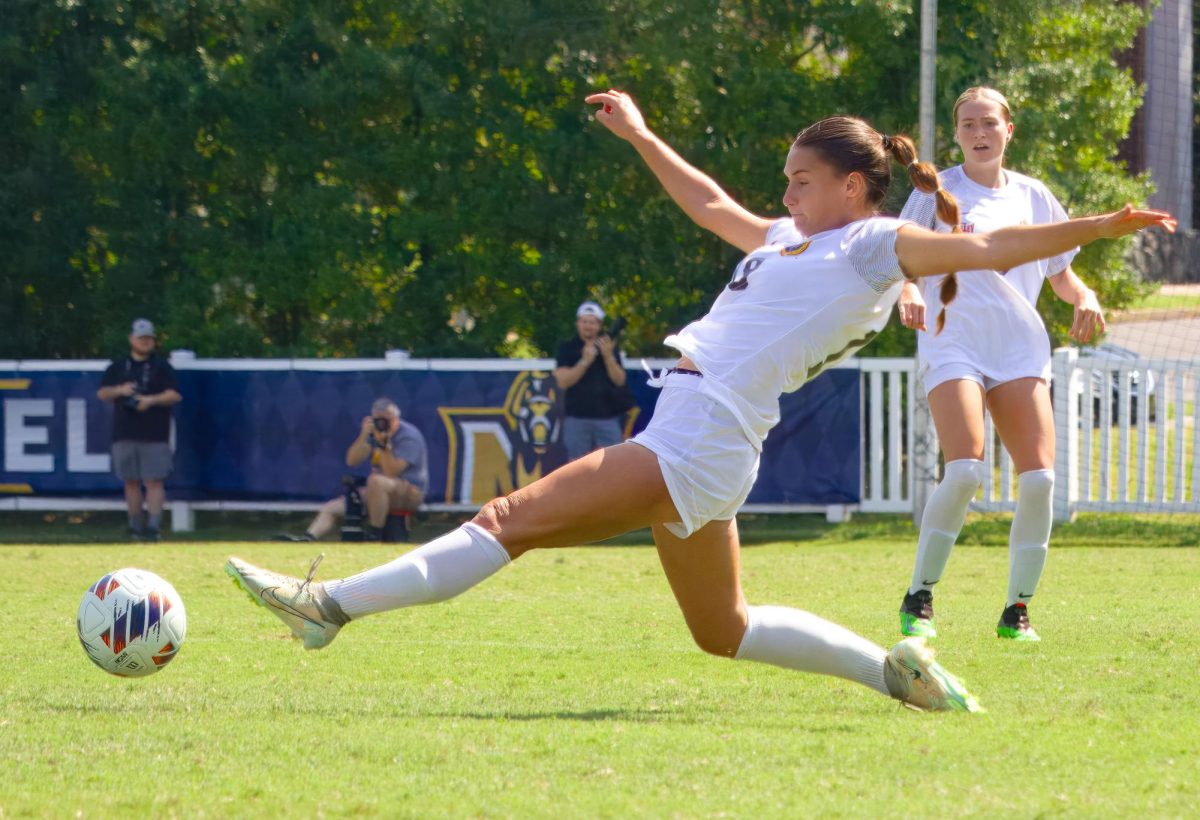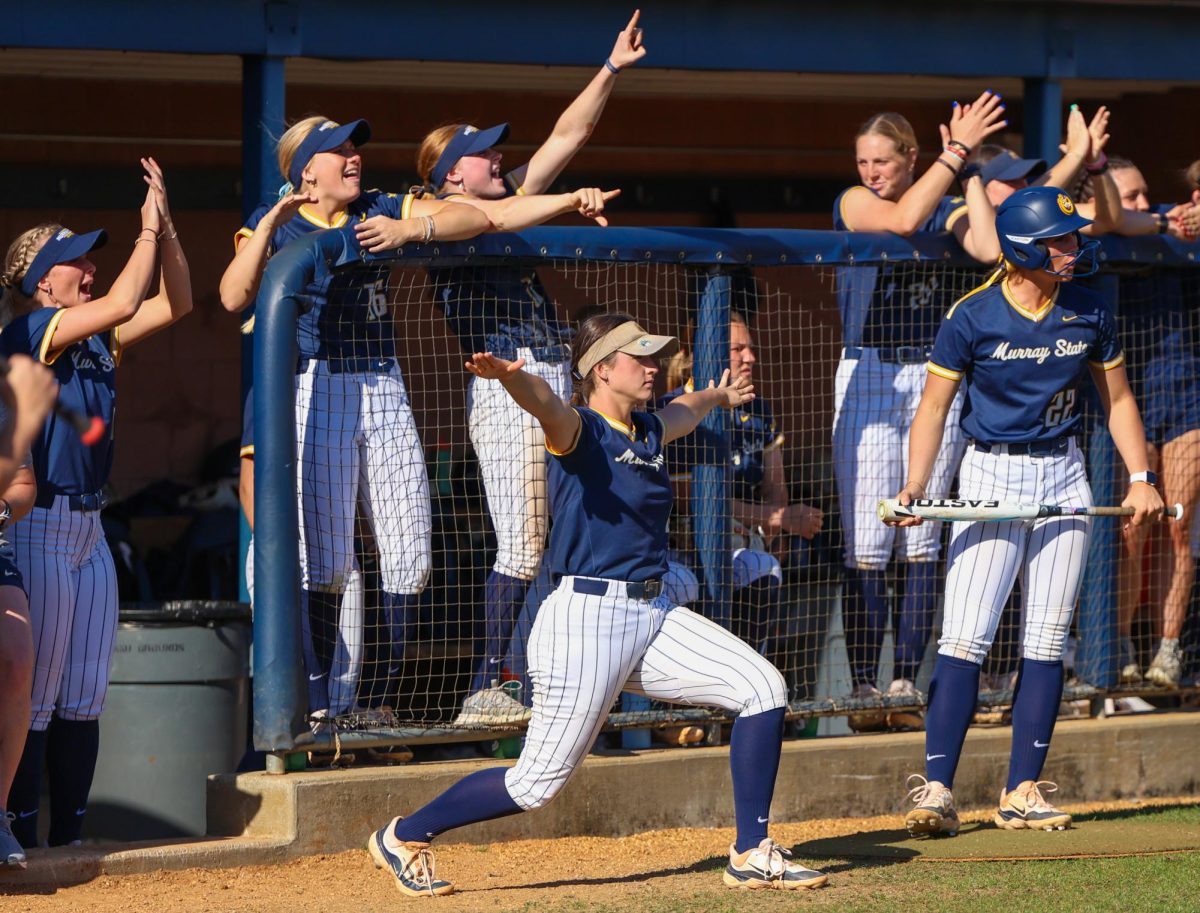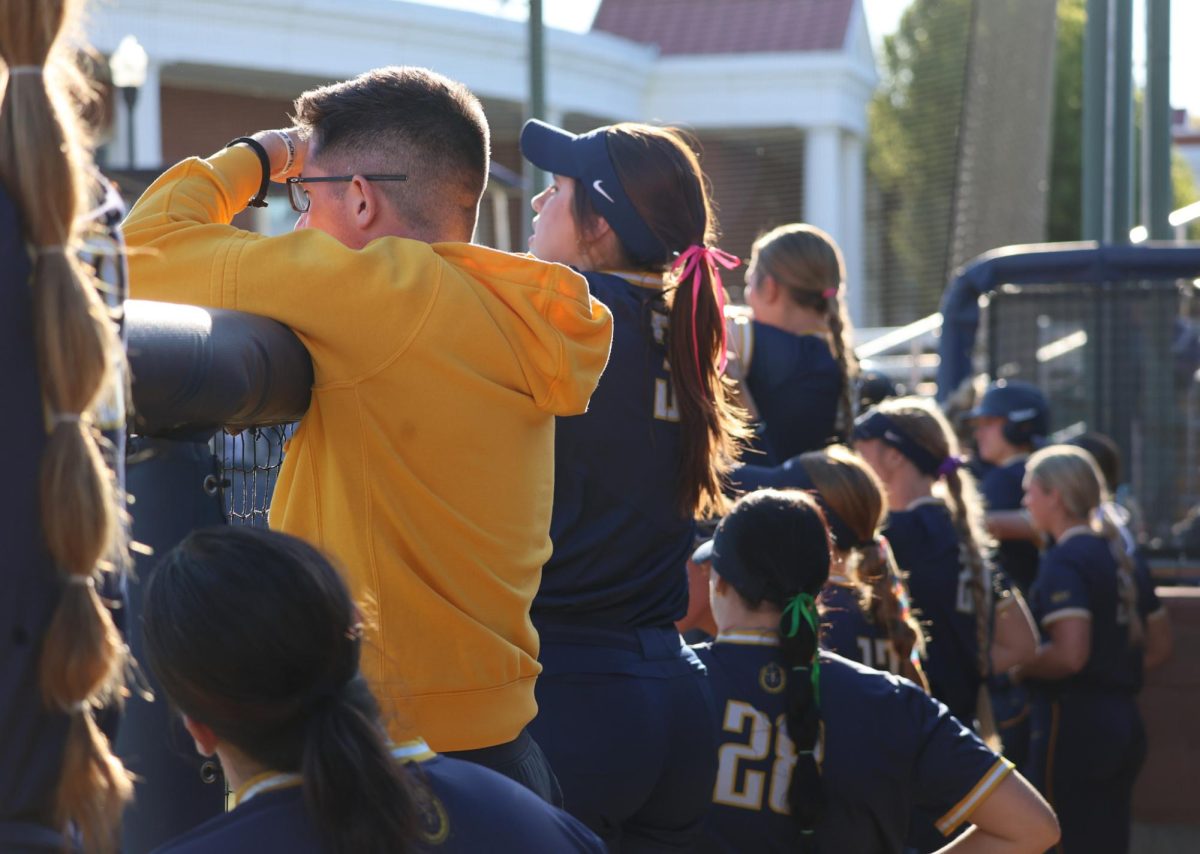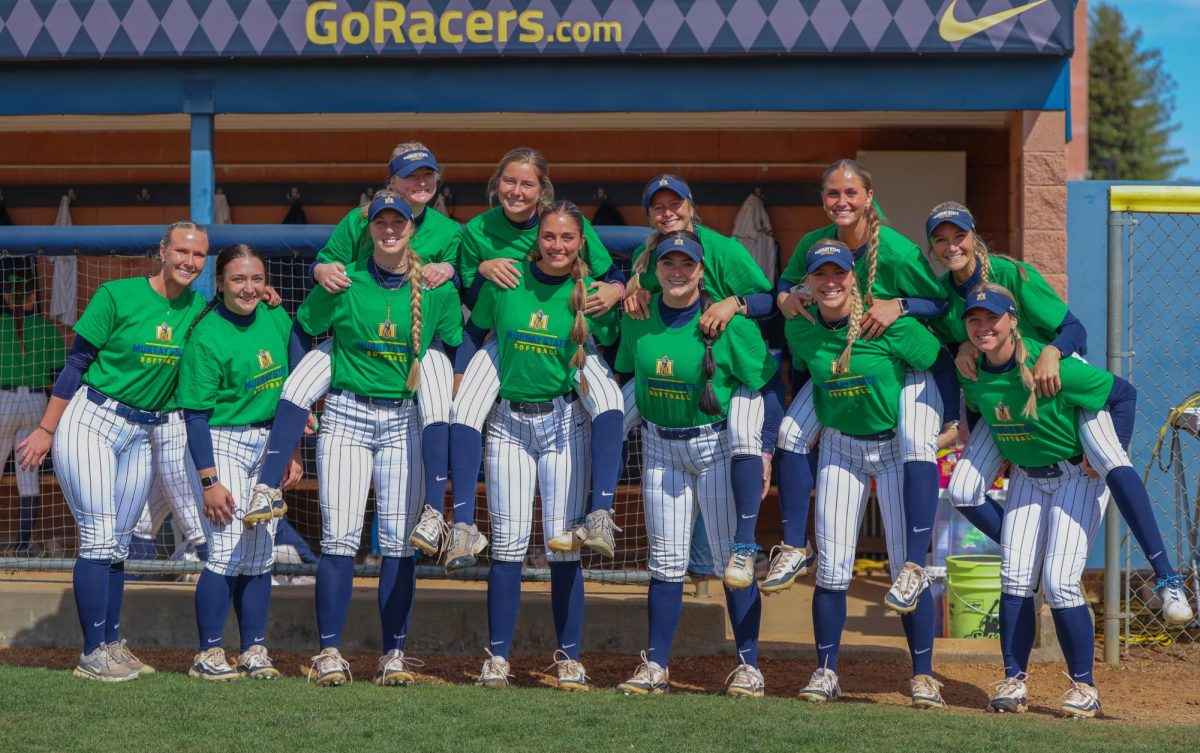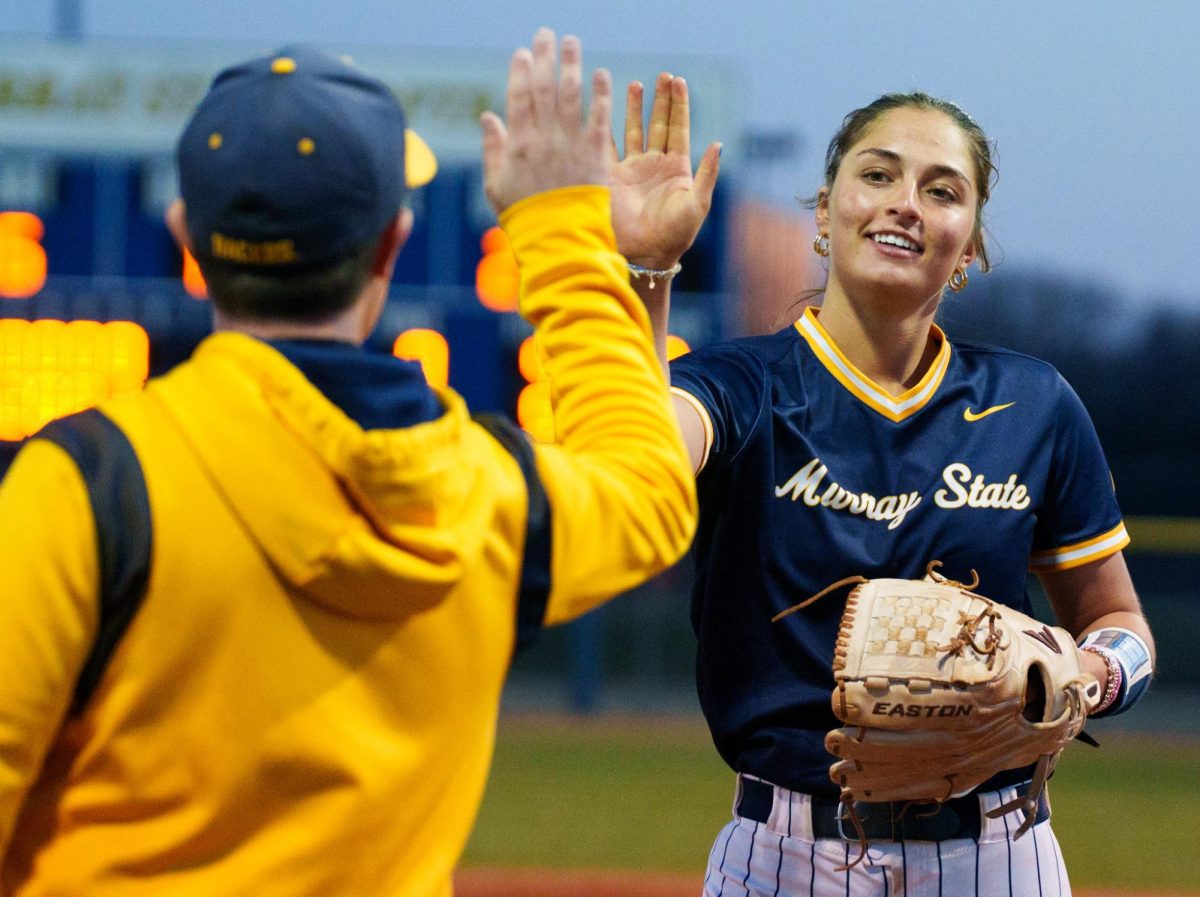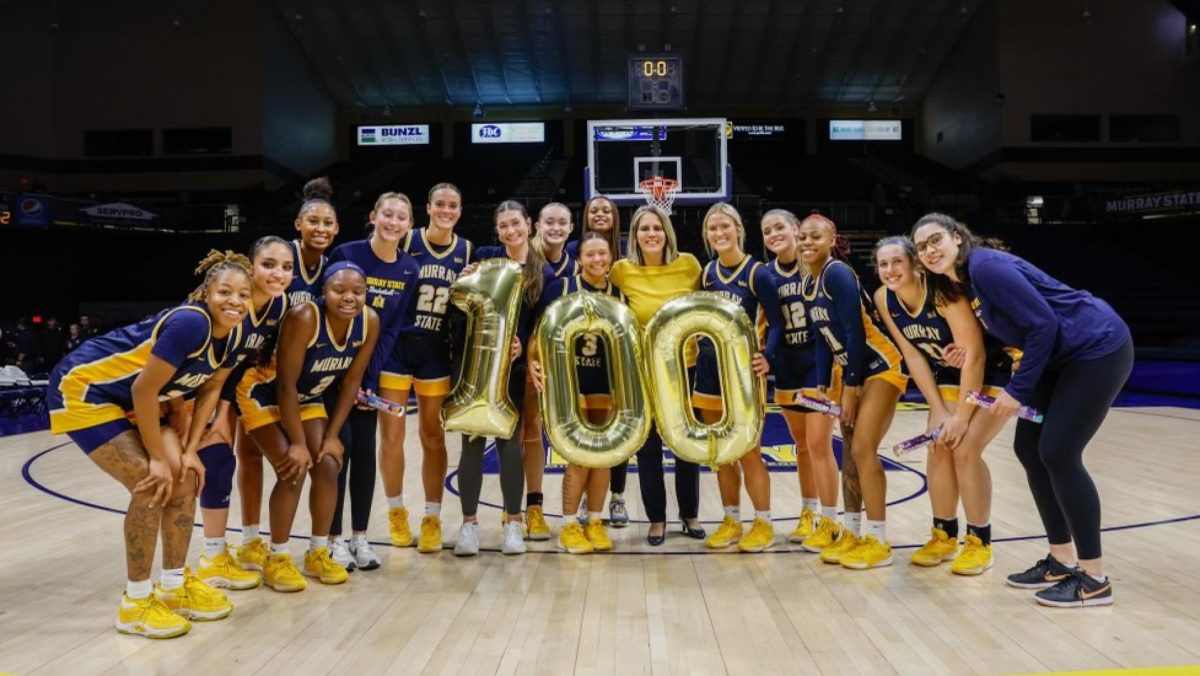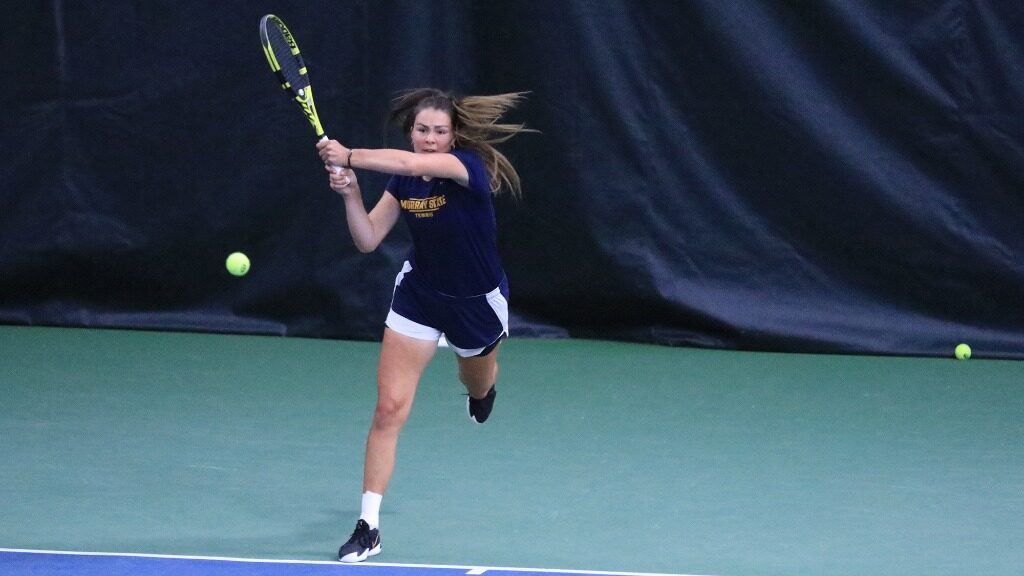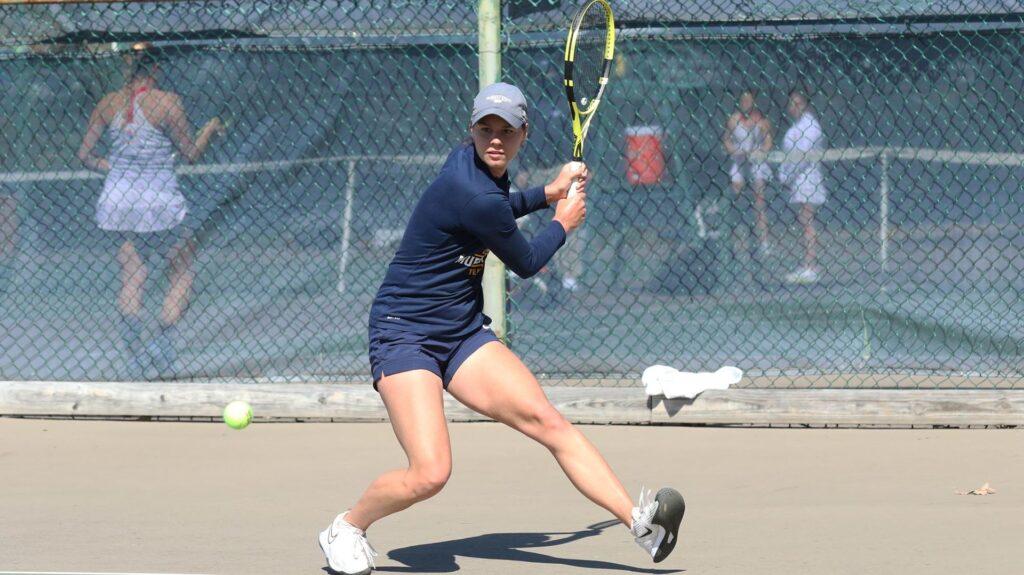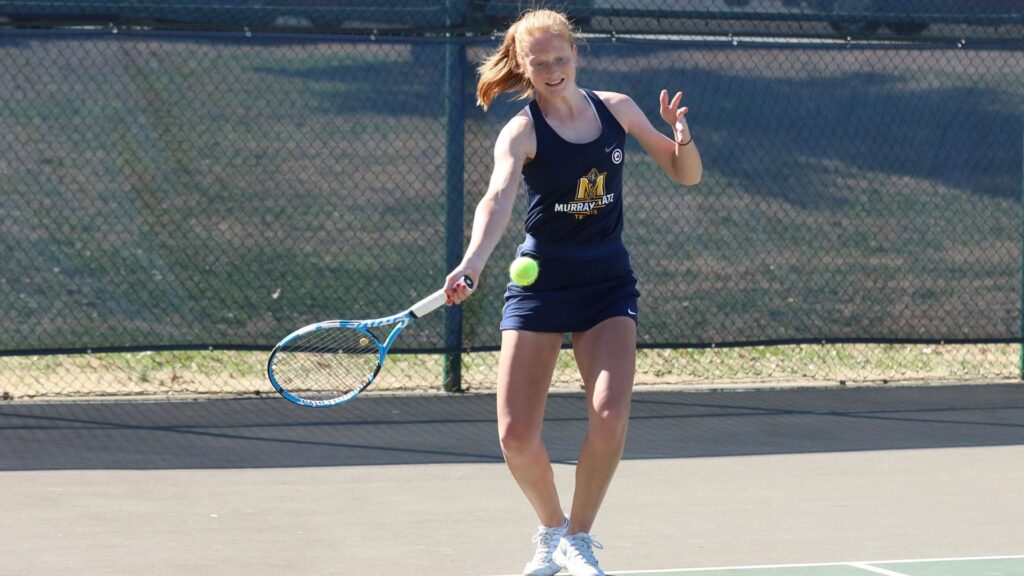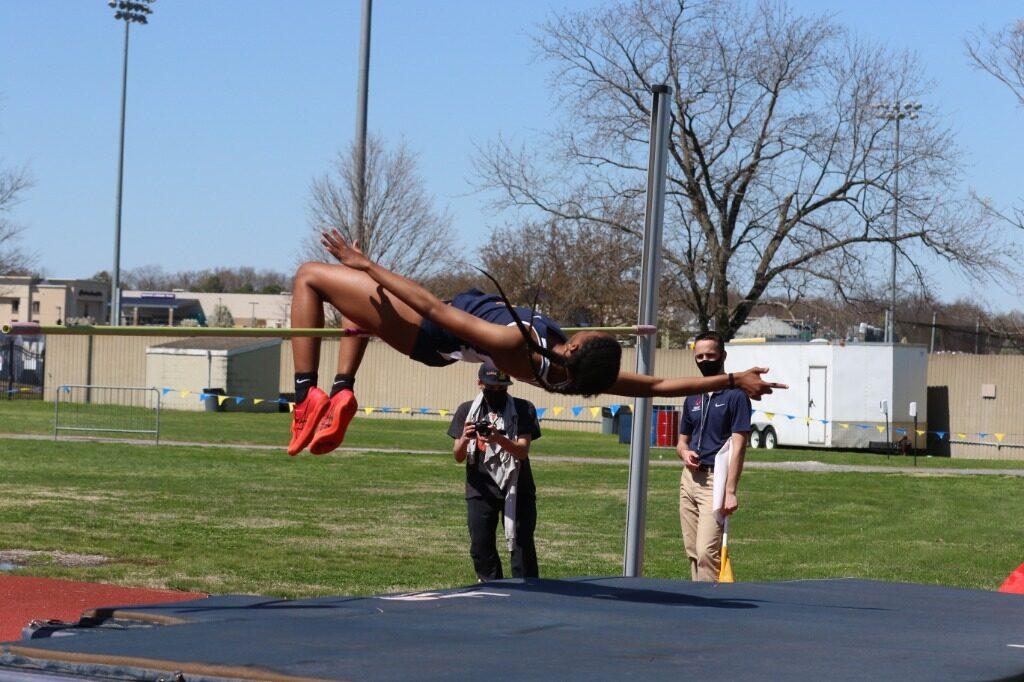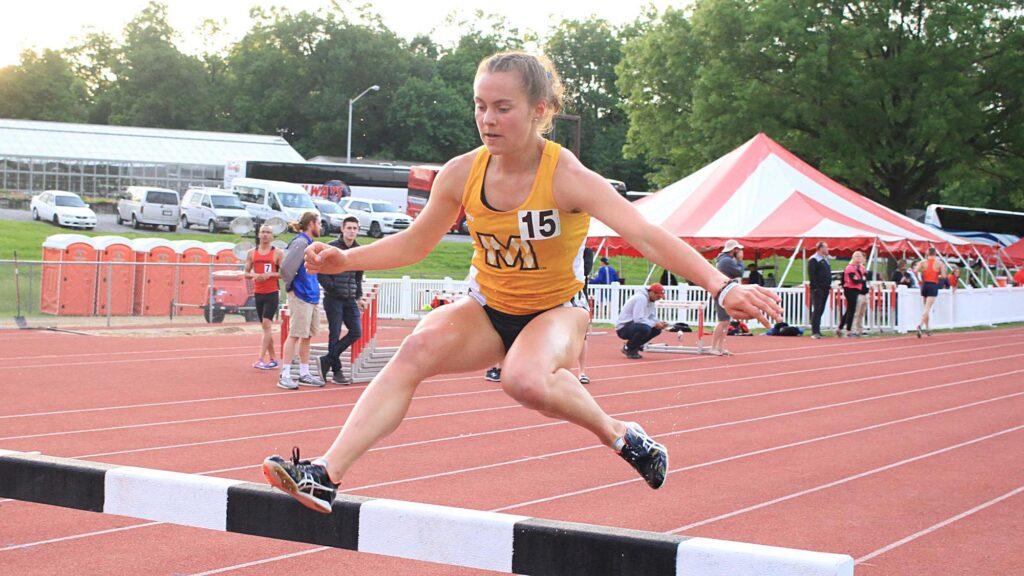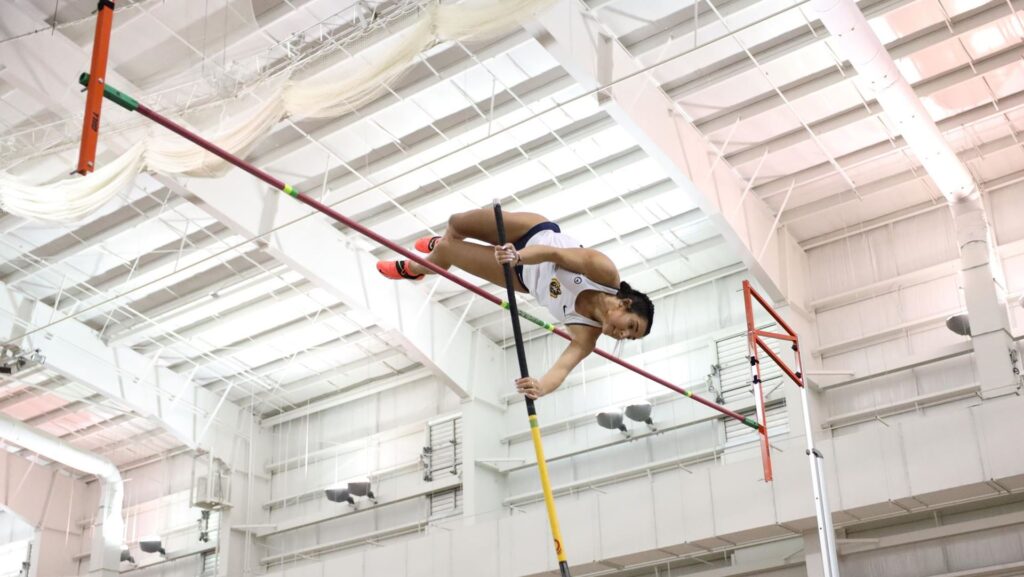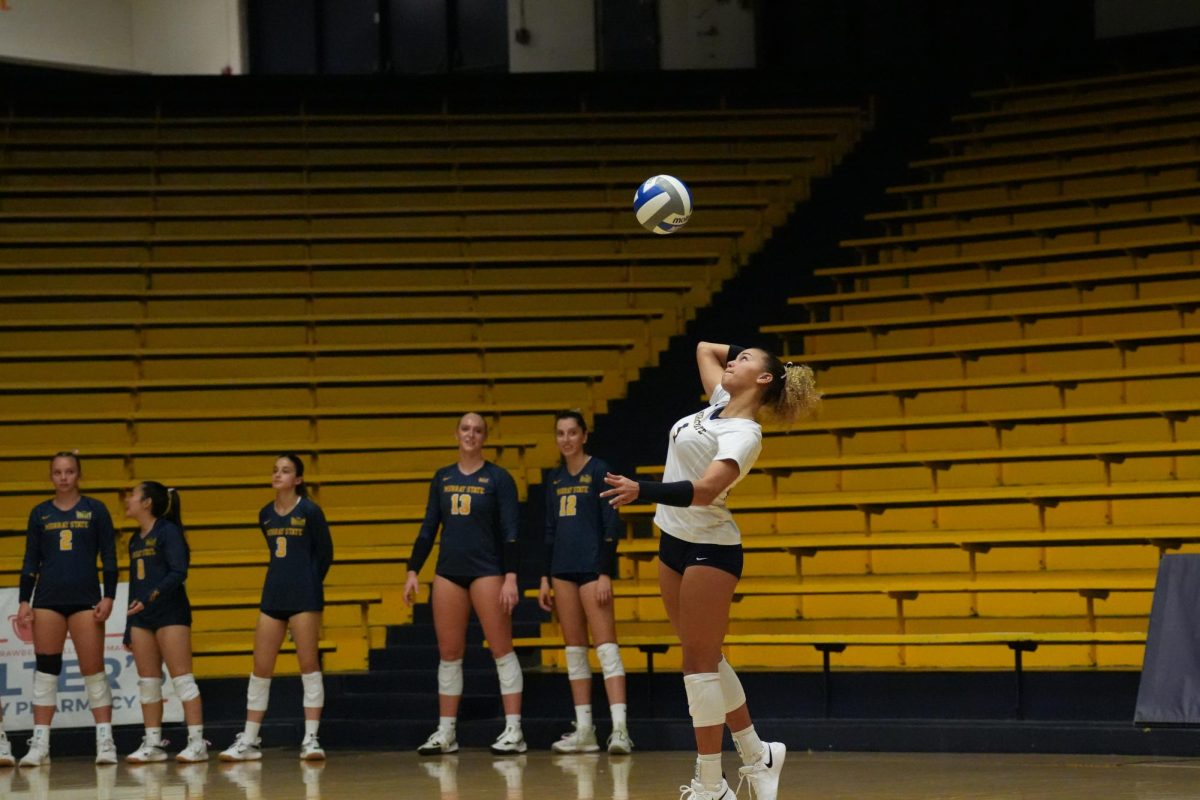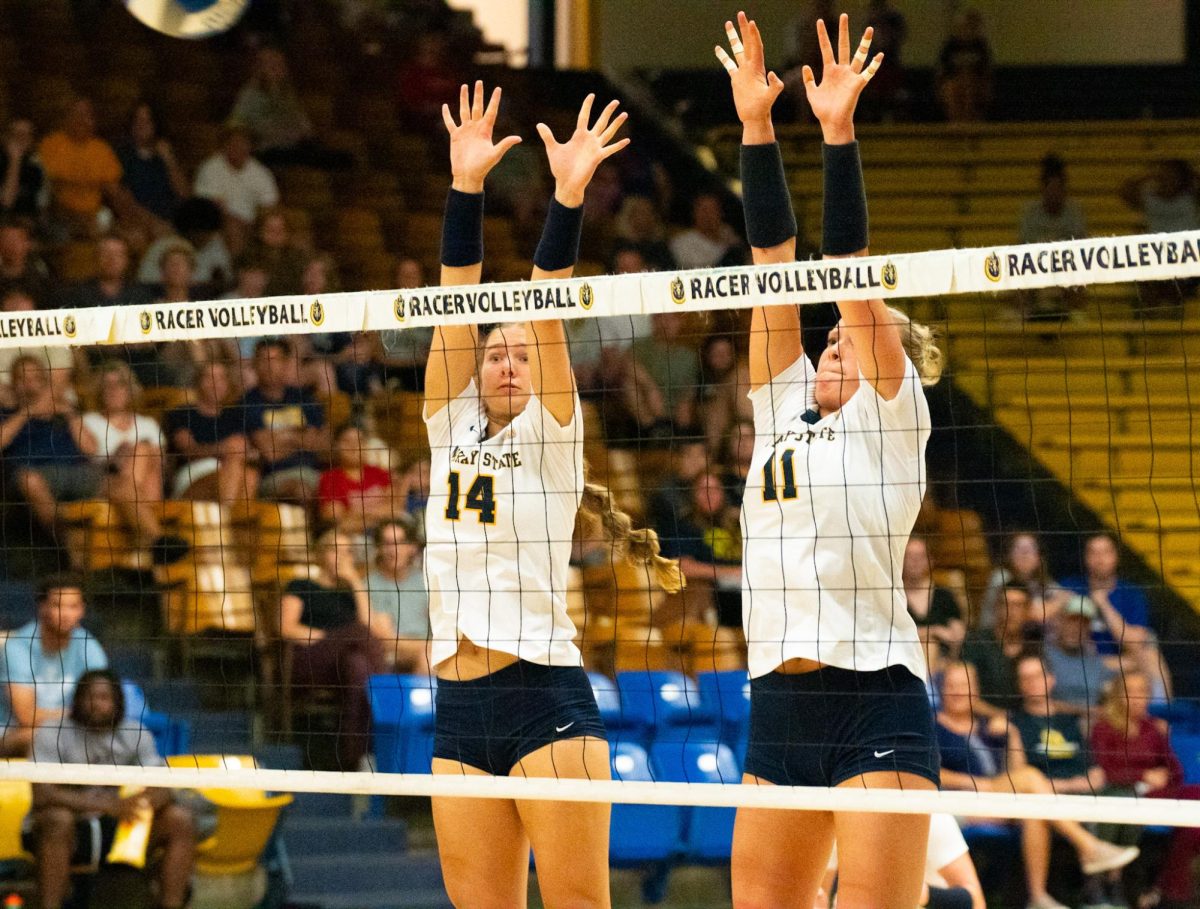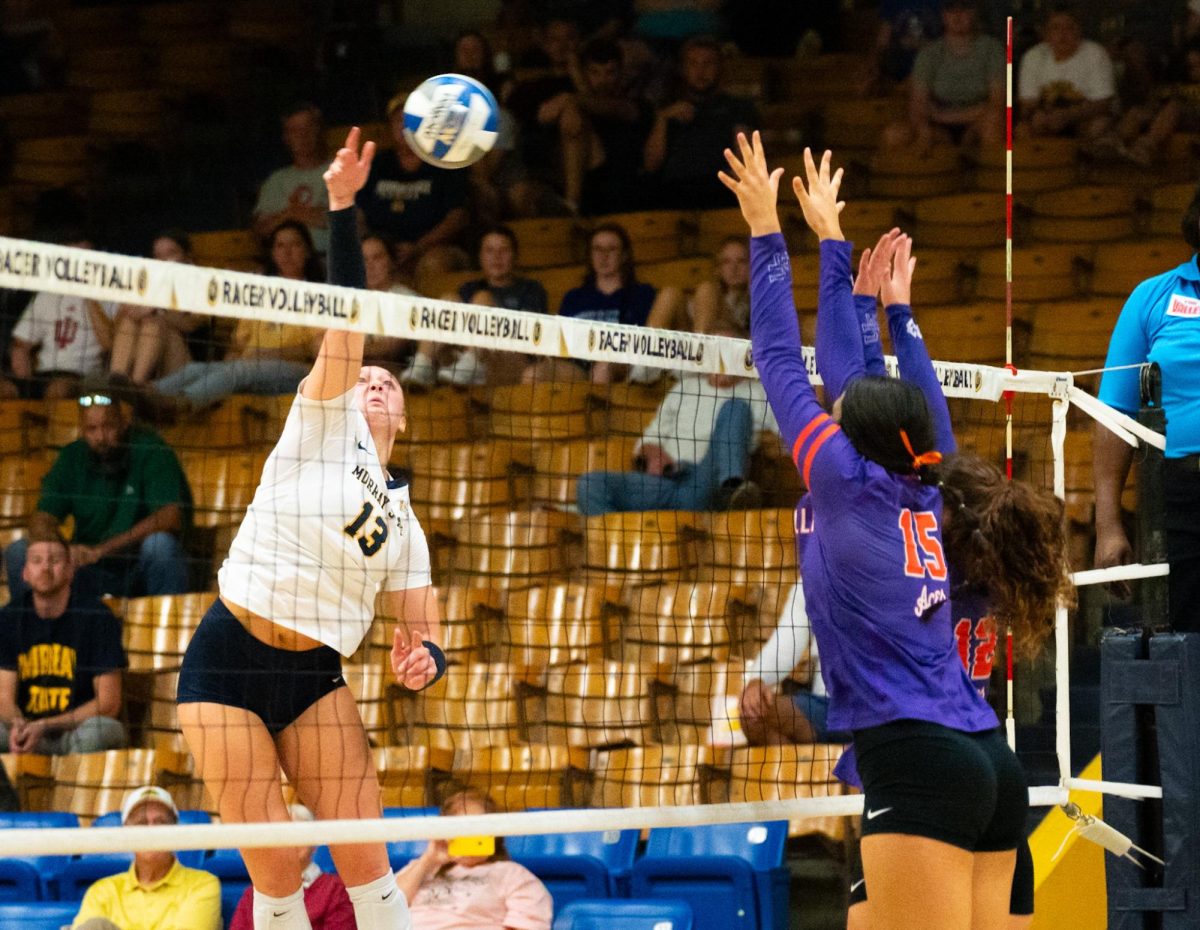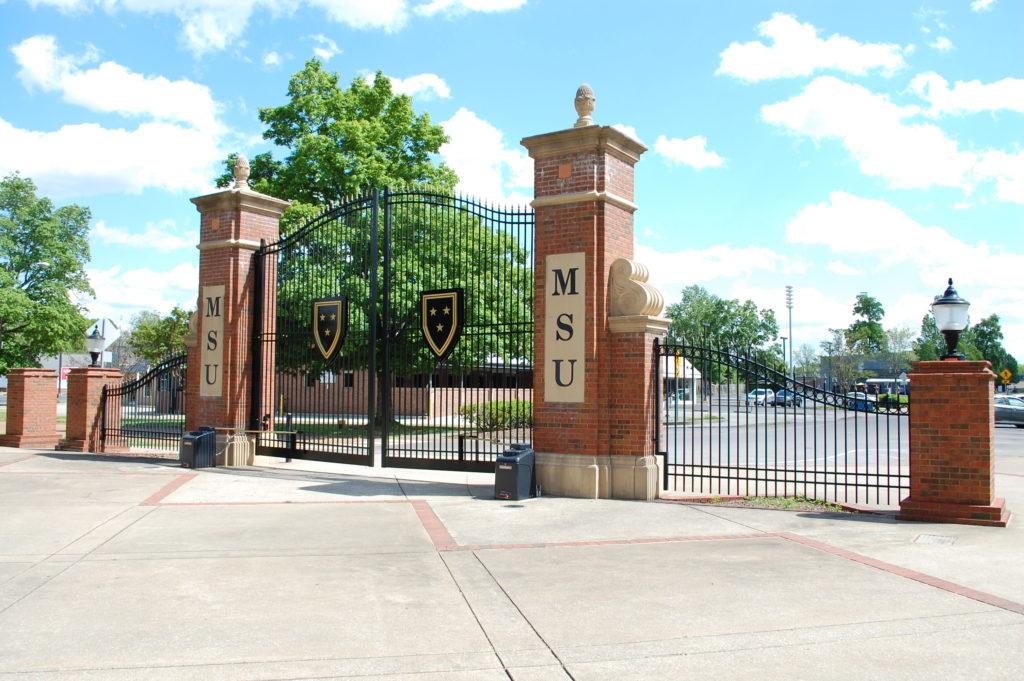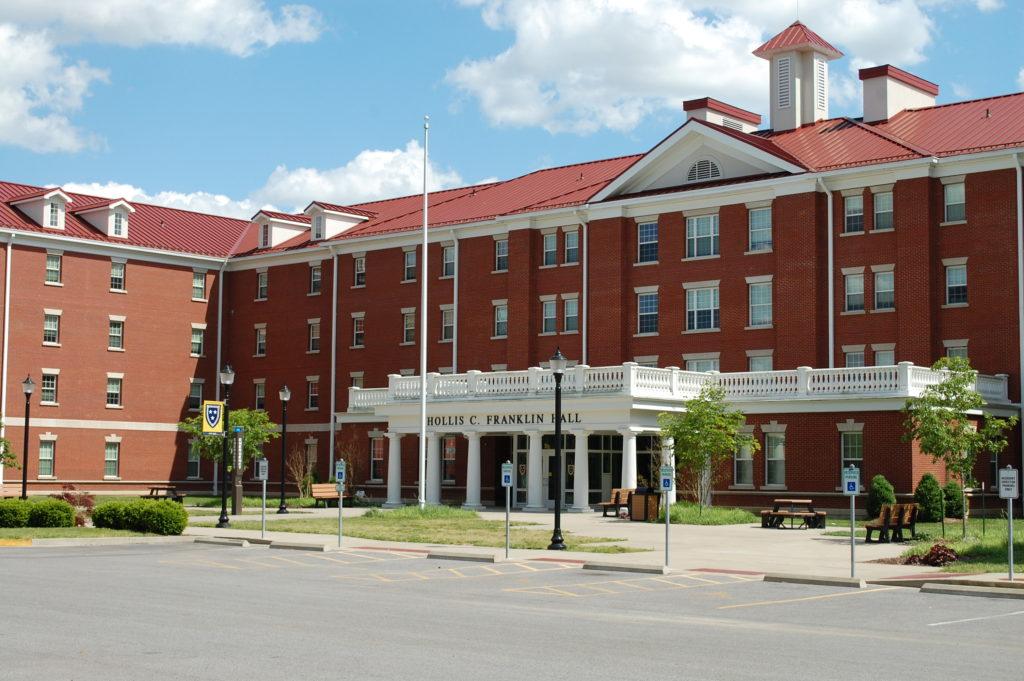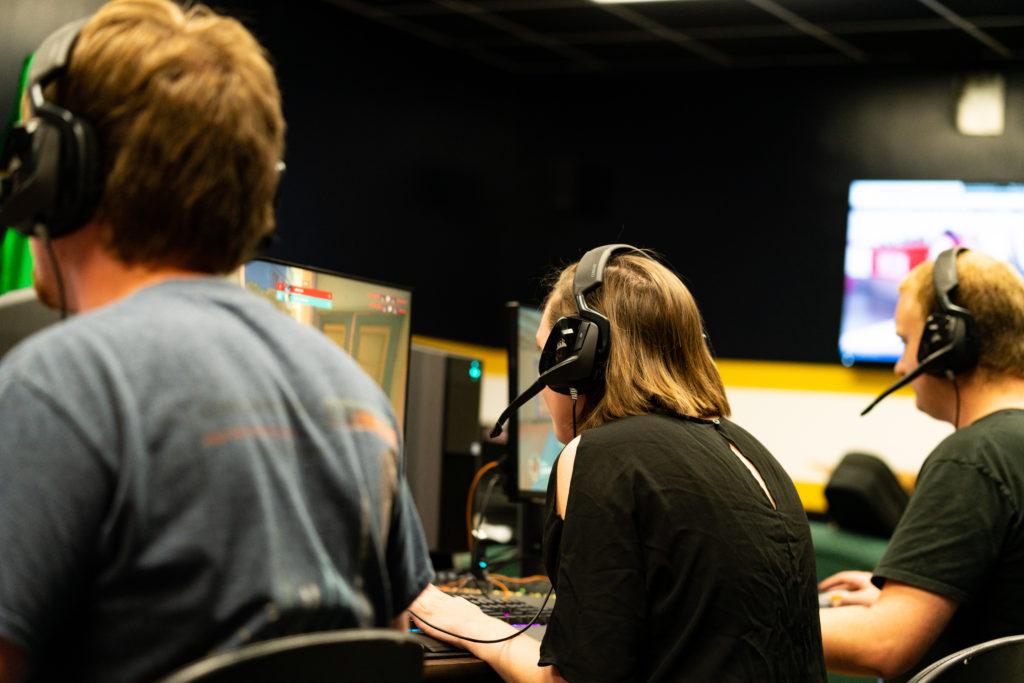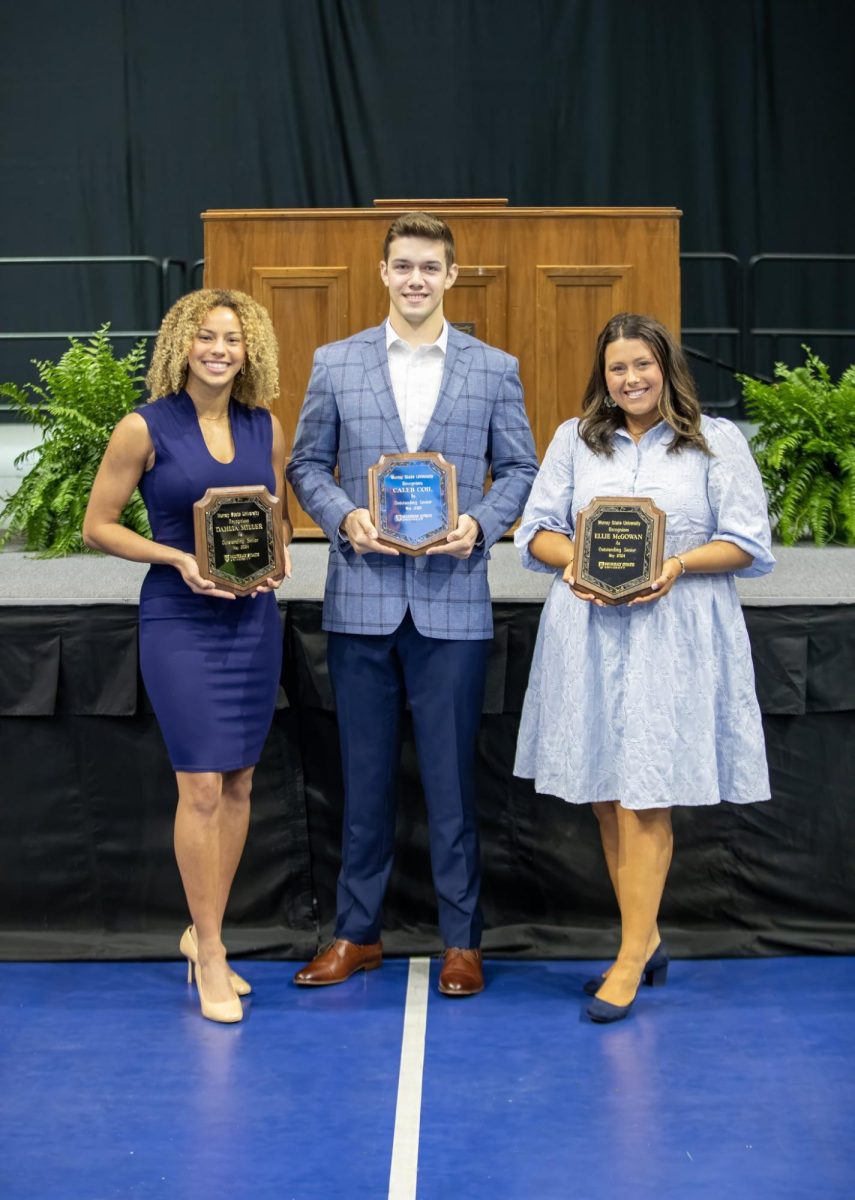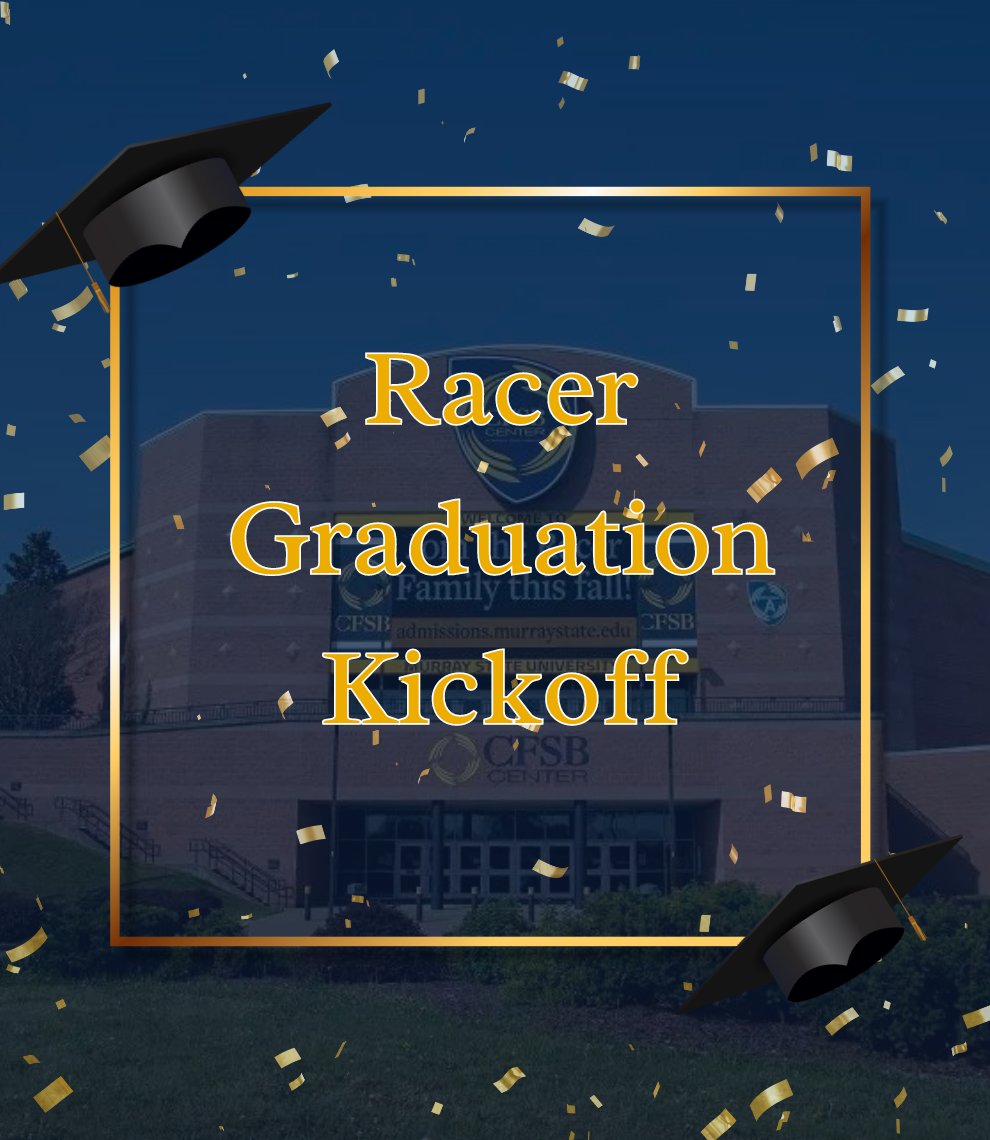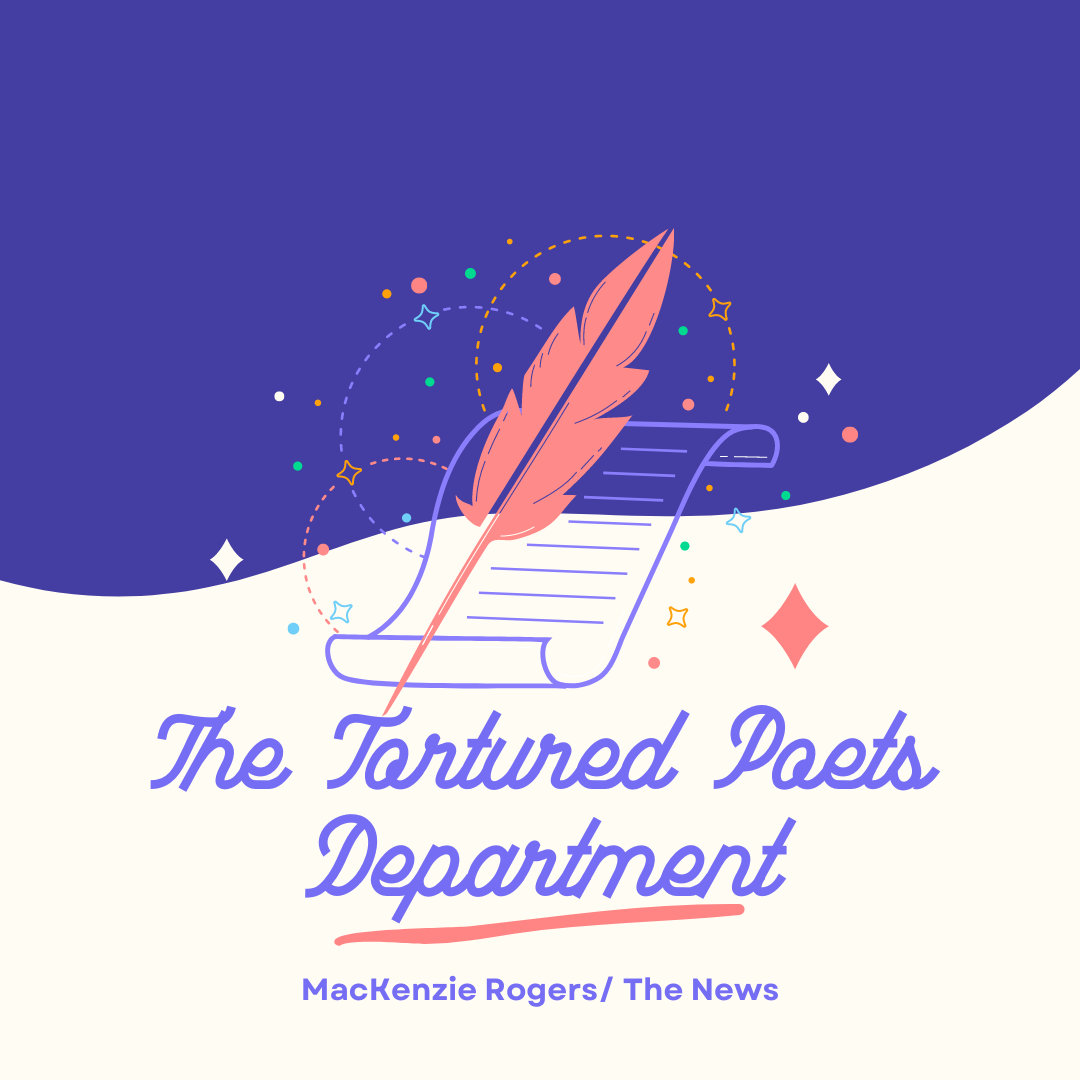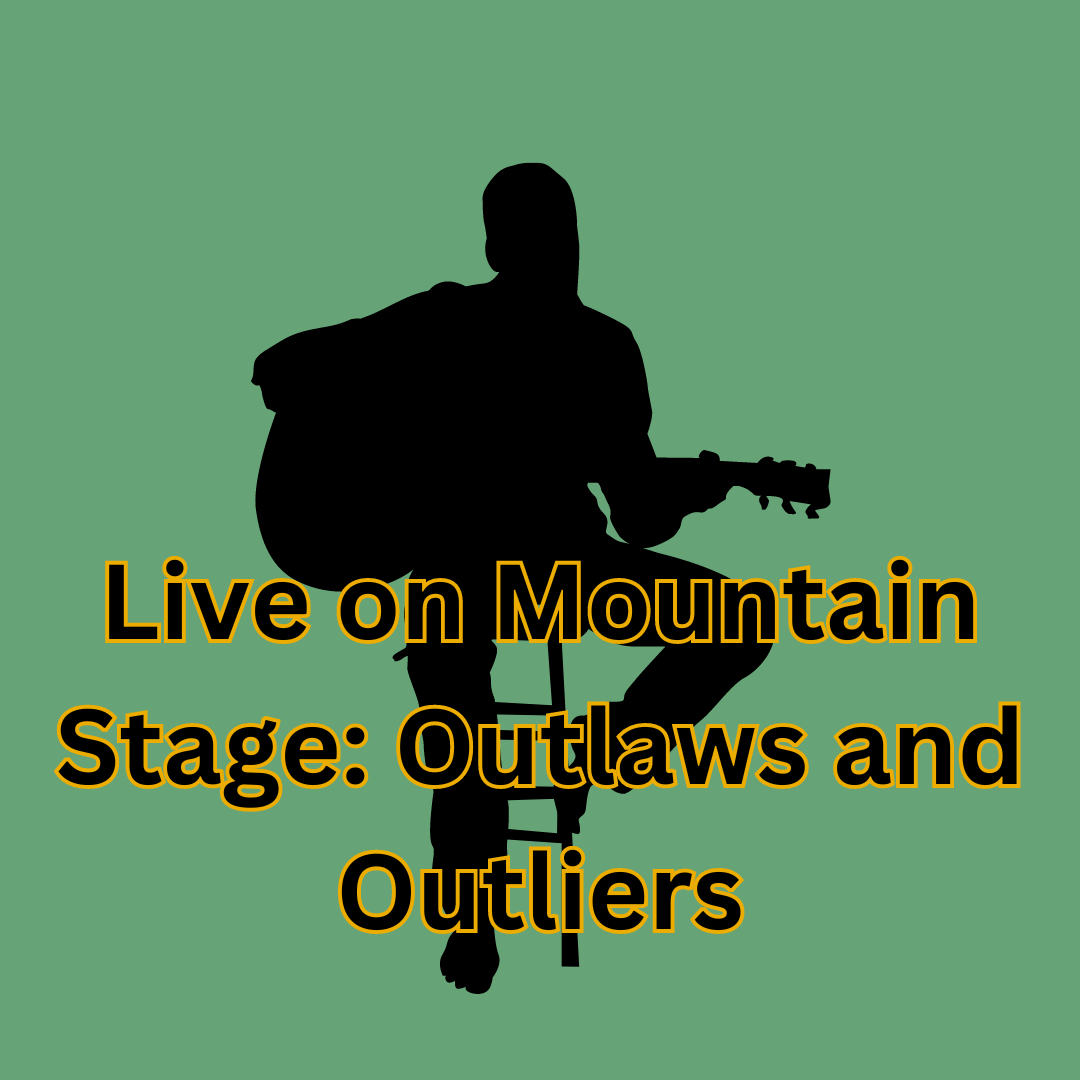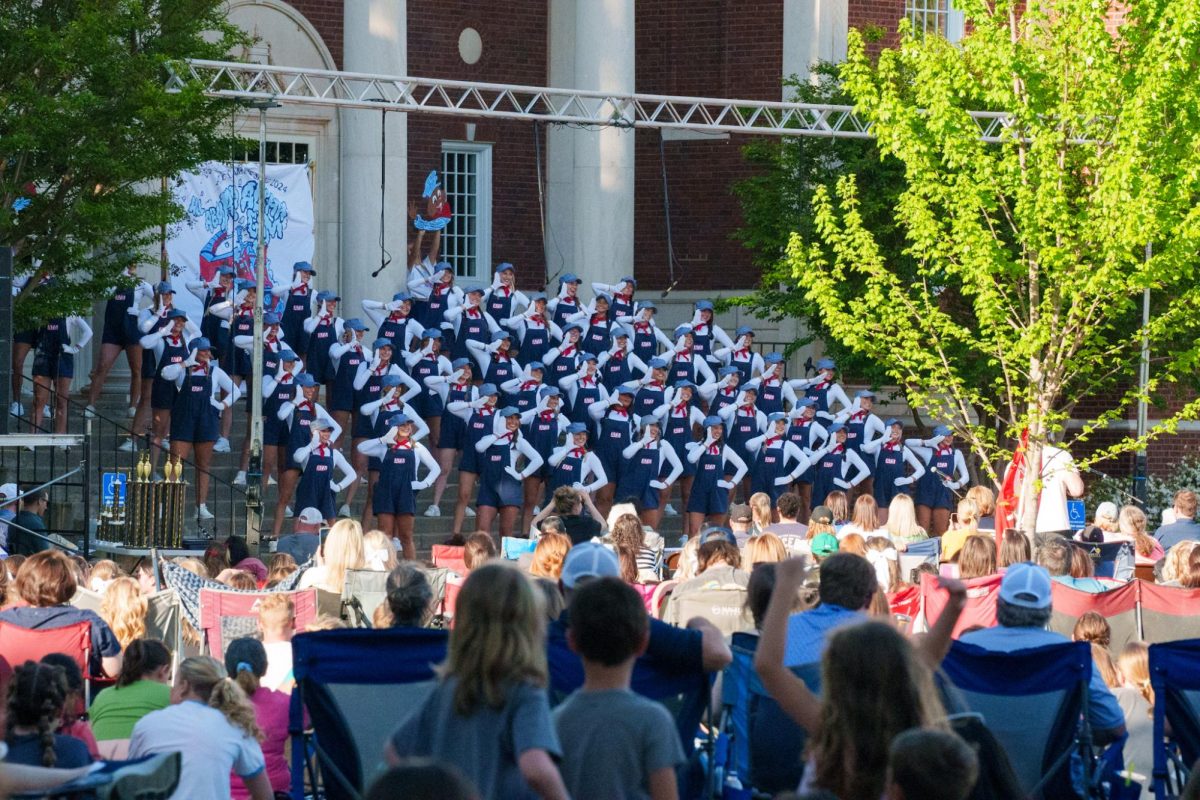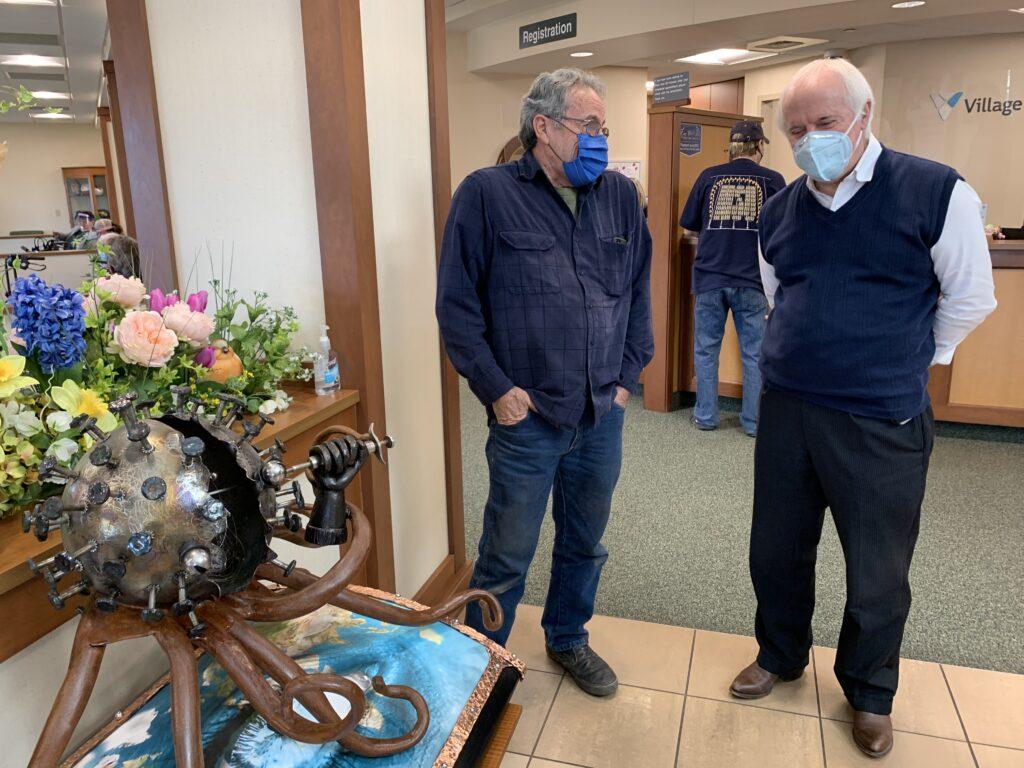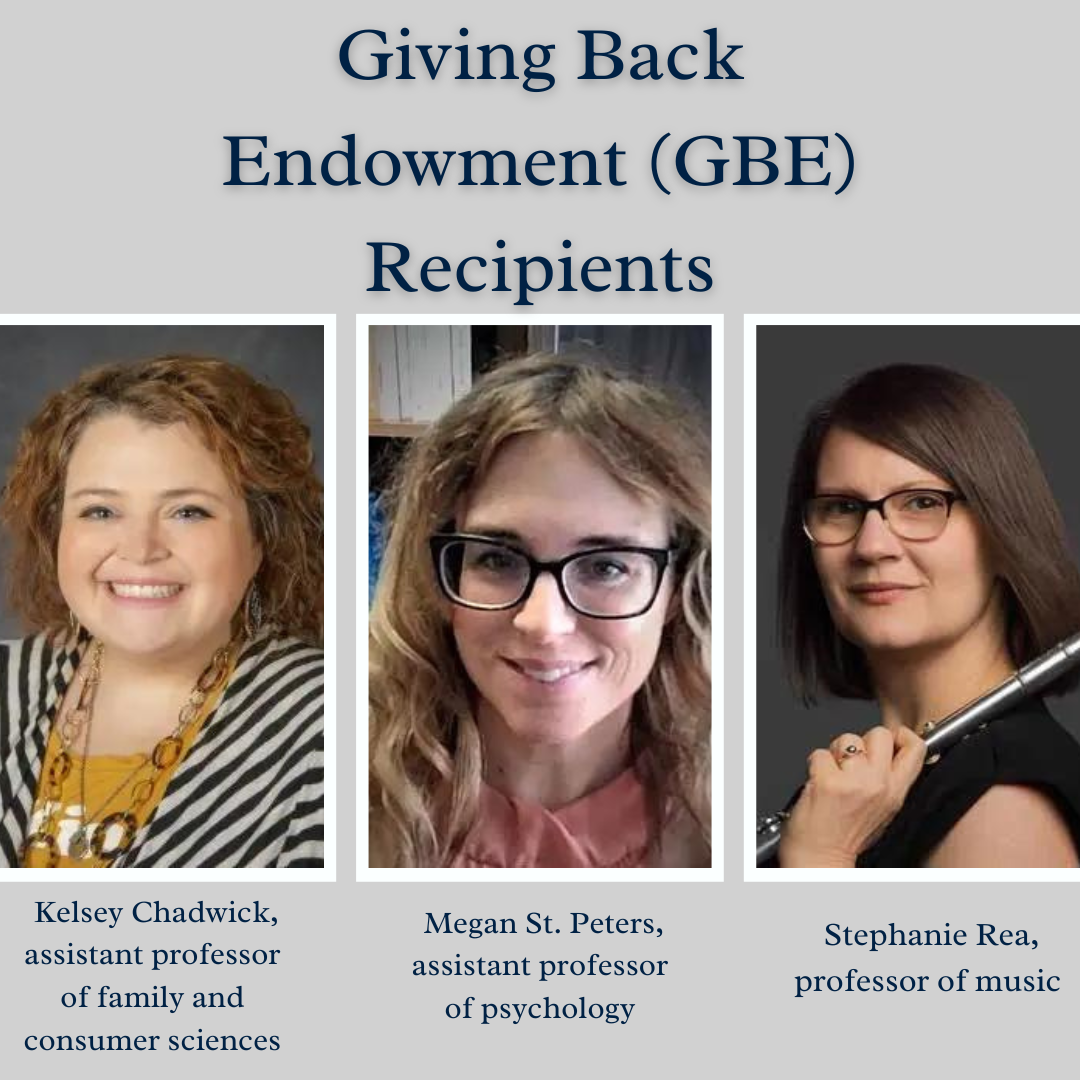Emery Wainscott
Contributing Writer
[email protected]
A local artist designed a sculpture to honor the efforts of healthcare workers and those who have died because of COVID-19.
George Bandarra, owner of Bandi’s Iron Hammer, designed the sculpture, which has been displayed both at the Primary Care Medical Center and the CFSB Center for community members to see as they receive their COVID-19 vaccine. The sculpture has been on display for about a month.
Bandarra began his thought process for the COVID-19 sculpture in April of 2020. He said his inspiration came from workers in the healthcare industry, especially those who have died because of the virus.
“It wasn’t the most difficult by any means, but just the concept, and the meaning of it, and the timing of it,” Bandarra said. “This thing that we’re going through has affected every single person. You know, the wars and all that did affect people, but not as much individually.”
The sculpture is partially modeled after the structure of the virus that causes COVID-19. In his sculpture, the eye is looking up at the virus and tentacles as it grips the world. Some of the sculpture is built out of scrap pieces, such as the bottom of a lampshade or pieces of an old welding machine.
There are also lights flickering inside, indicating the location of the nucleus and its loss of power. The syringe held in the hand is hitting the nucleus of the virus, symbolizing the COVID-19 vaccine. Bandarra said the tentacles in his sculpture are loosening its grip as the syringe hits the nucleus of the virus, causing it to weaken.
At first, he thought COVID-19 was like a severe flu. But when he saw the efforts of the healthcare workers and the deaths resulting from COVID-19, he said he wondered if anyone had sculpted an artistic interpretation of the pandemic.
“The efforts of the healthcare workers, doctors and the medical scientific community have put their heart and soul to try to conquer this thing,” Bandarra said. “This kinda depicts partially being conquered.”
In Bandarra’s opinion, not enough people are following the CDC guidelines. When he went to a public event on March 8, he said out of about 200 people there, he saw three people with a mask. After four of his friends passed from the virus, Bandarra said he expected more people to have worn a mask and be safer even with the event being outdoors and in open air.
“People are really getting touched by it because more people have died from the coronavirus than the wars put together,” said Bandarra. “I don’t know anybody I’ve talked to that hasn’t had somebody that they’ve known, maybe distantly, but that hasn’t passed away from coronavirus.”
However, in Kentucky, the state is still in the process of vaccinating people. According to the Kentucky Cabinet for Health and Family Services, the total number of unique persons vaccinated in the state as of press time was 891,665.
Bob Hughes, chief medical officer, said the most interesting aspect of the sculpture was the crack in the virus. Hughes said the choice to show the virus losing was obviously purposeful.
“I had not seen anything like it and what struggled me the most about it, to be honest with you, was this and what’s so important about it is that it’s losing,” Hughes said. “That’s what I like about it. If it was intact it would’ve been totally different.”
According to George Bandarra’s website, he has over 40 years of forging metal experience and has received seven international awards for his works. He has also had five articles published regarding his work, and has served on the editorial advisory committee for the “Fabricator” magazine.
Some of his other artworks are located in Murray near Squire Road and Kirksey Road. In his art business, Bandarra has trained three employees, and one has created an eight-foot tall eagle made out of stainless steel.
He has various other sculptures around Murray, including the triangle-shaped sculpture sitting in front of the Collins Center for Industry and Technology a tMurray State. Learn more about the artist, his background and sculptures at theironhammer.com.


